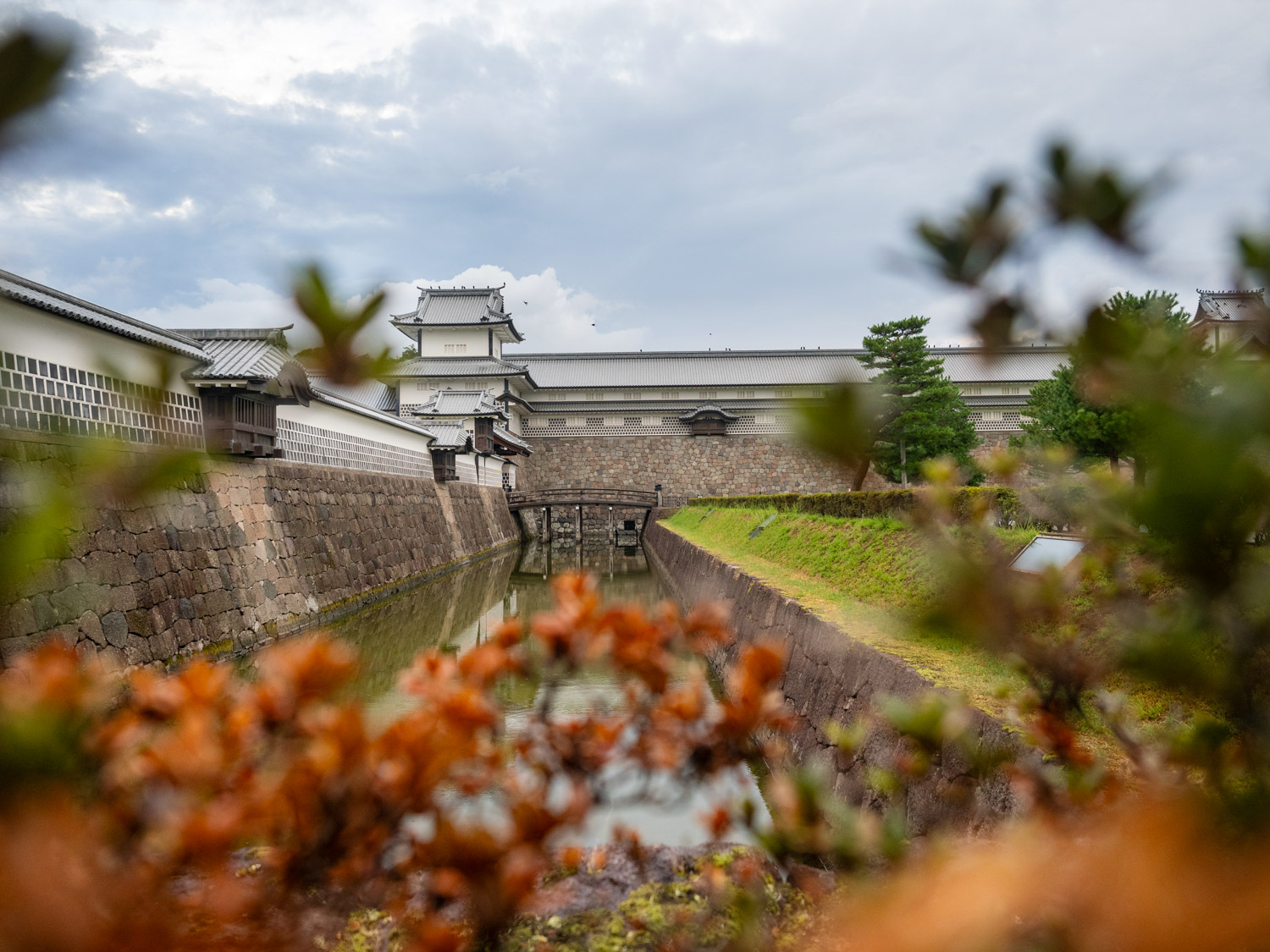
The Top 5 Photography Locations in Kanazawa
Kanazawa, a Japanese city known for its well-preserved Edo-era districts, beautiful gardens, and art museums, is a gem you need to add to your Japan itinerary. If you’re seeking the best Kanazawa photography locations for your upcoming visit, this is just the guide for you.
If you’ve been reading or following The Wandering Lens for a while, you’ll know how much I love Japan. Having visited the country over 11 times, it’s somewhere that’s so special to me, however, it wasn’t until my most recent visit that I managed to get to Kanazawa, and I was so pleasantly surprised.
It had been described to me as a quieter Kyoto; less crowds, historic districts and plenty of photography opportunities.
Kanazawa was exactly that! While it doesn’t have the amount of temples and sights as Kyoto (and I absolutely recommend visiting Kyoto), Kanazawa is far less crowded which means you can wander slowly and capture the ornate details of the city, the landscapes, the river, gardens, and the architecture. I’d recommend spending at least two days exploring Kanazawa, there’s also the feeling you could stay for weeks, just taking it easy, strolling around and photographing this beautiful city.
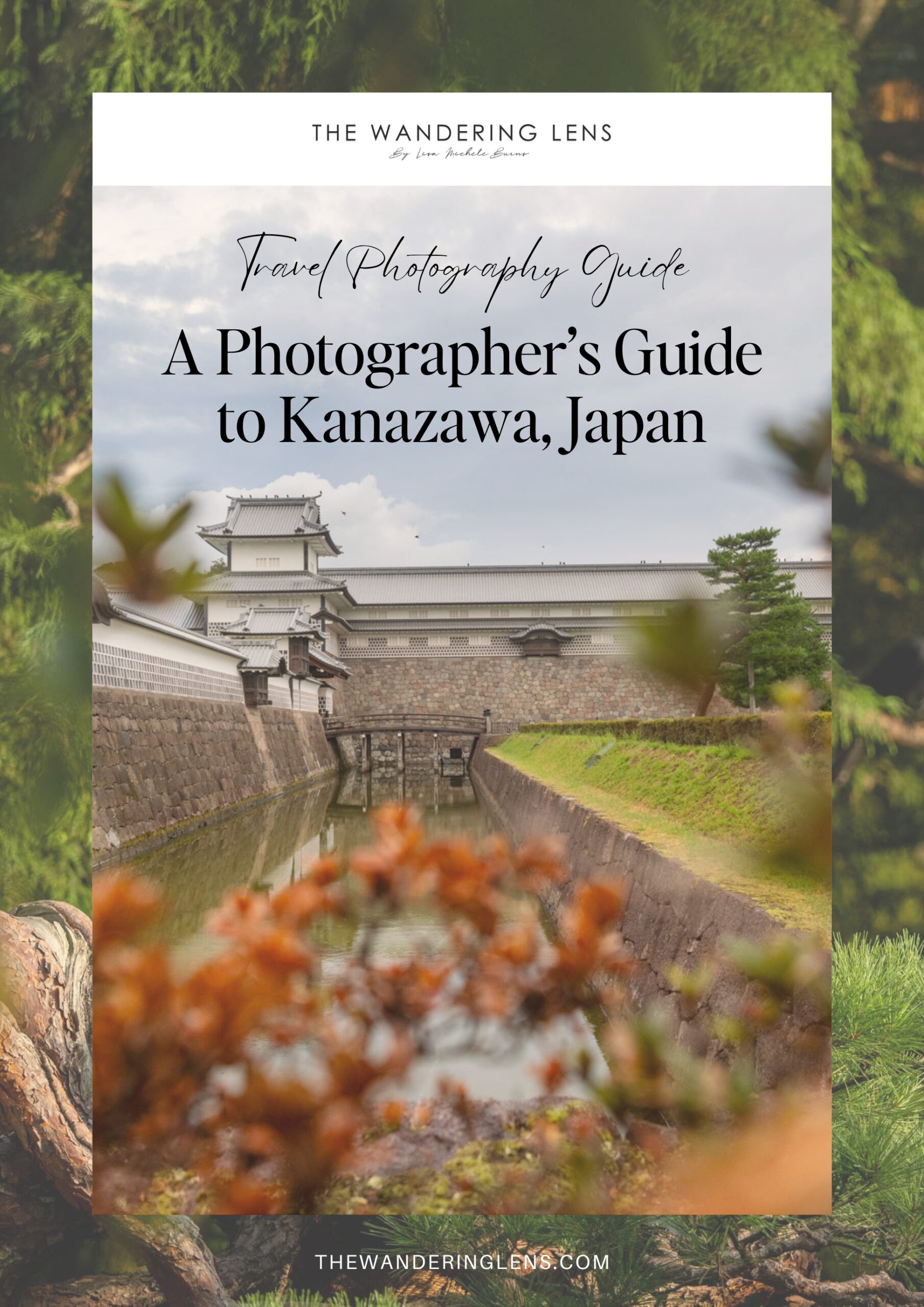
It’s peaceful actually, that’s probably the best word to describe it. Sure you’ll still find other tourists in the popular areas, but about 80% less than Kyoto, Osaka, or Tokyo. Actually, I can’t vouch for cherry blossom season or autumn, I’m sure it’s quite busy in those periods due to the popularity of the gardens with Japanese tourists also.
Alas, let’s take a peek at some recommendations for what to photograph in Kanazawa…
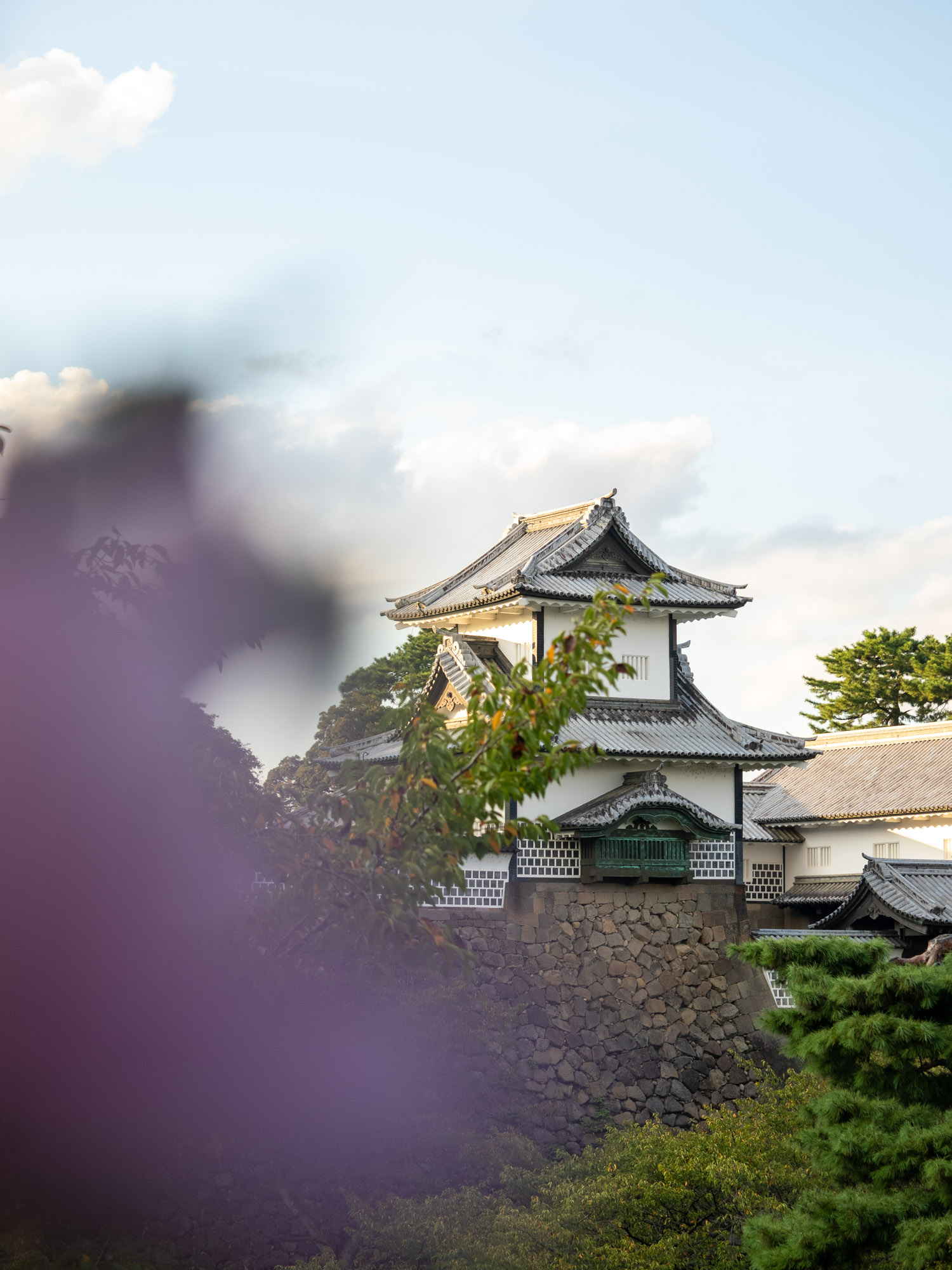
Kanazawa Photography Locations – recommended by Lisa Michele Burns of The Wandering Lens
#1 Kenrokuen Garden
As one of Japan’s “Three Great Gardens,” it exemplifies the ultimate in Japanese landscape garden design, Kenrokuen offers an ever-changing canvas that captivates photographers and nature lovers alike.
Highlights include the delicate hues of cherry blossoms in spring, azaleas and irises in early summer, colourful foliage in autumn, and the snowy landscapes and yukitsuri (snow-hanging ropes) in winter, designed to protect the branches of pine trees from heavy snow.
The garden is home to several tea houses, bridges, and the iconic Kotoji lantern, offering a glimpse into Japan’s cultural traditions. You may get lucky and see a crane nestled in one of the Neagari Pine, otherwise, you’ll be able to photograph the city skyline from various vantage points around the garden, or get a little closer to the details and focus on the flowers, greenery and beautifully manicured designs.
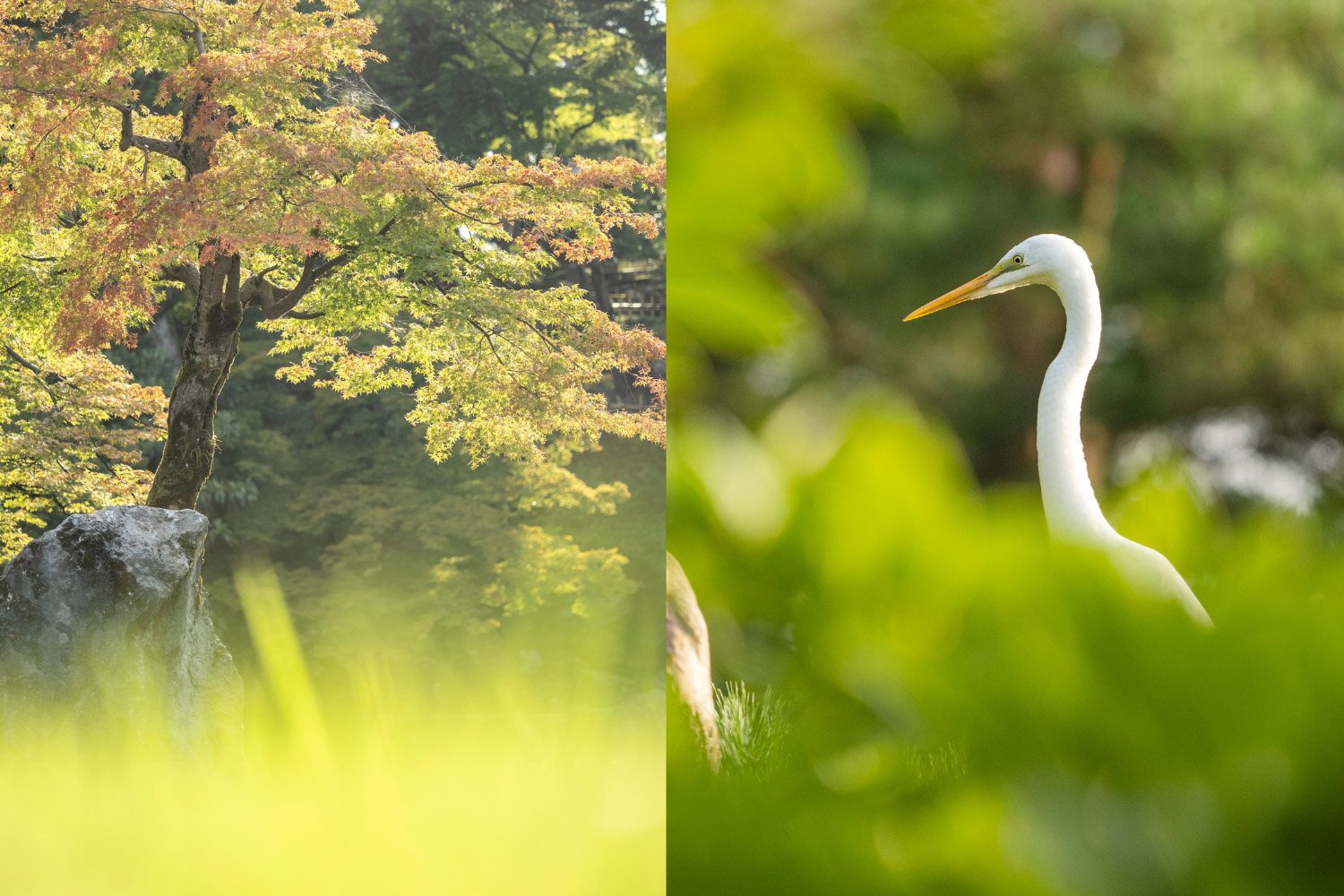
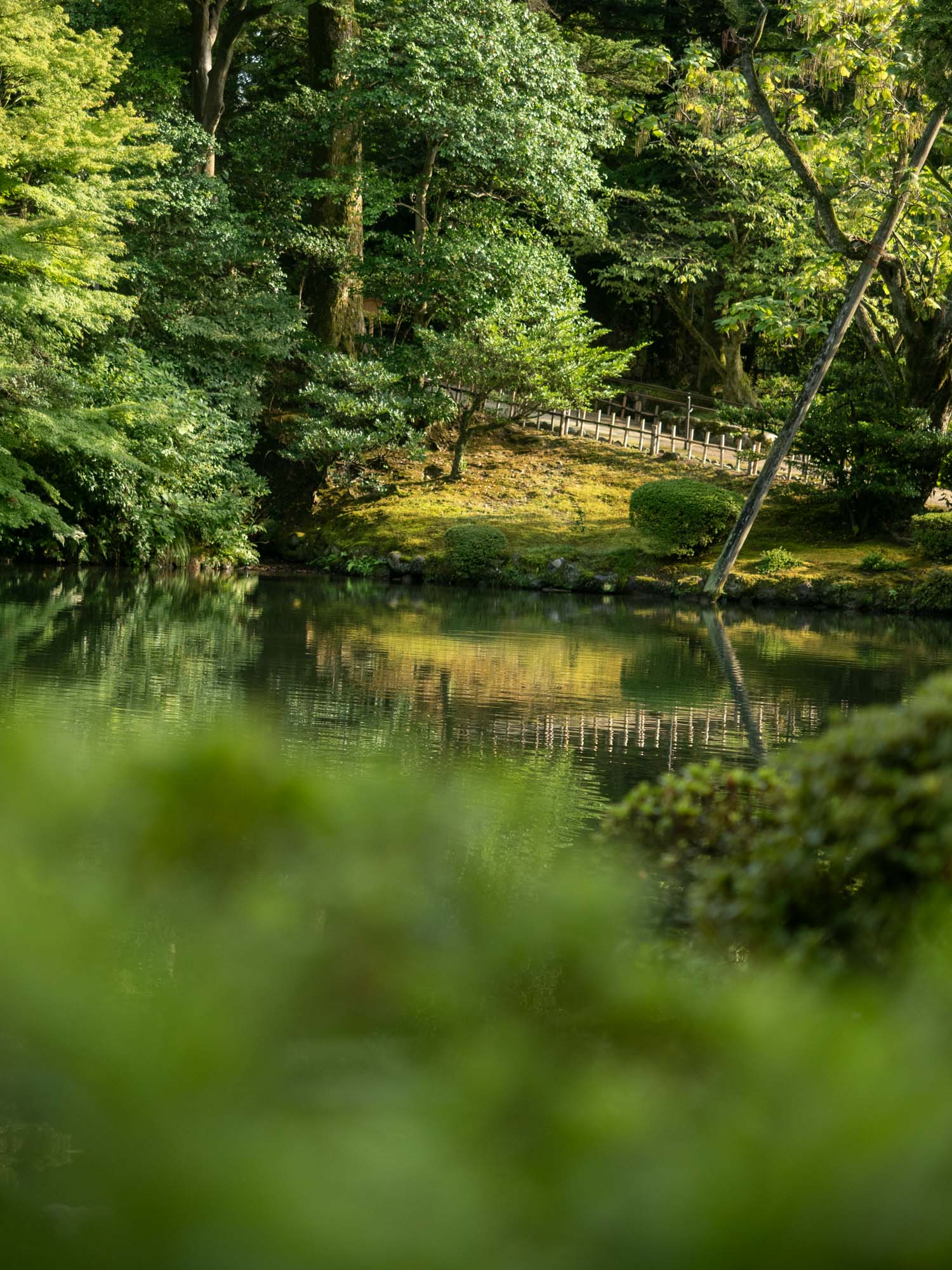
If you exit through the Katsurazaka Gate, you can cross the bridge into the Kanazawa Castle grounds, easily connecting two photogenic locations of the city.
Kenrokuen Garden Opening Times:
- Kenrokuen Garden is open to the public year-round.
- Opening hours are from 7:00 AM to 6:00 PM from March to October (spring to autumn) and from 8:00 AM to 5:00 PM from November to February (winter).
- These hours may be extended during special events or seasons, such as the cherry blossom viewing period in spring.
Ticket Prices:
- Admission Fee: The entry fee for Kenrokuen Garden is 320 yen for adults and 100 yen for children.
- Annual Passport: For those who wish to visit the garden multiple times throughout the year, an annual passport is available for 1,020 yen, offering unlimited access if you’re keen to return for cherry blossoms or autumn leaves!
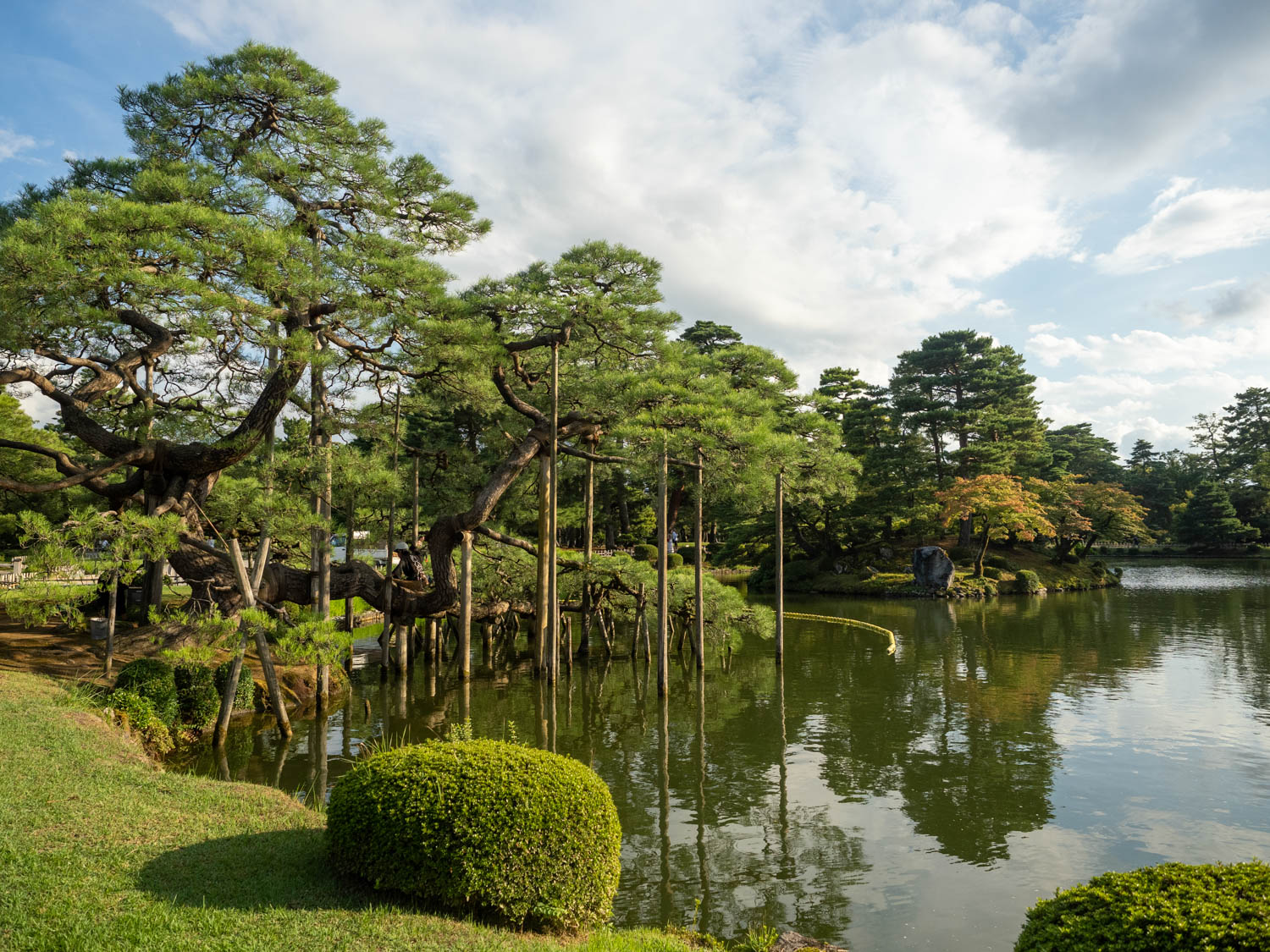
#2 Higashi Chaya District
The Higashi Chaya District, one of Kanazawa’s most enchanting and historically significant areas, it’s a classic example of a traditional chaya (teahouse) district in Japan. This area, offers a glimpse into the Edo period’s cultural richness and the unique architectural style of chaya, where Geisha entertained guests with dances, music, and conversation.
Walking through its atmospheric streets, you’re transported back in time, amidst wooden-latticed buildings and stone-paved pathways, making it a prime location for capturing the essence of traditional Japan.
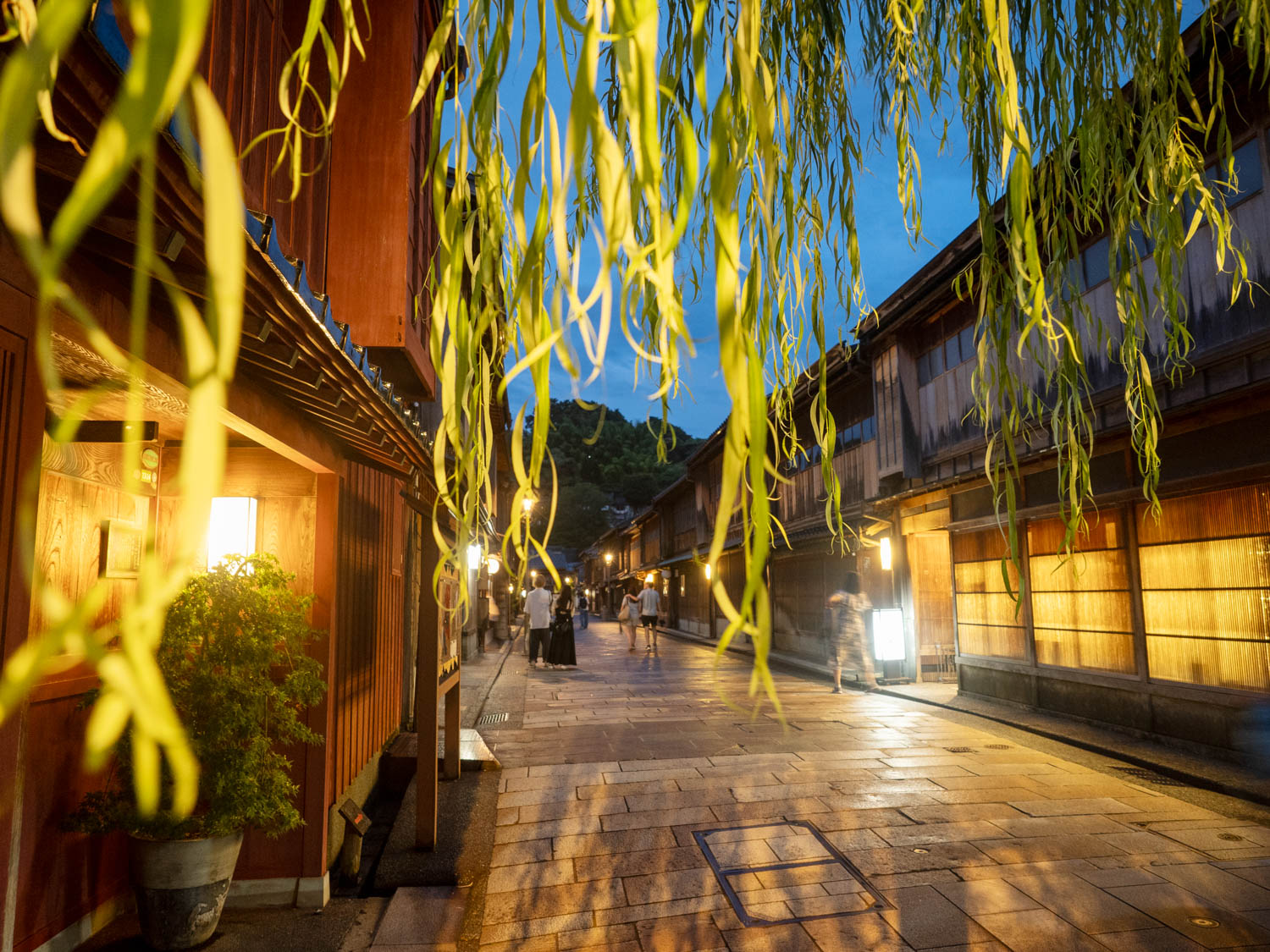
Highlights of the Higashi Chaya District:
Utasu Shrine: Tucked away in the Higashi Chaya District (opposite the most delicious, fluffy pancake café!), Utasu Shrine is a lesser-known gem that offers a quiet respite from the busier streets. This Shinto shrine, though small in size, is rich in history and spirituality, known for its water deity and believed to bless visitors with inner purification and healing. The shrine’s tranquil ambience, coupled with its traditional torii gate and lush surroundings, provides a serene backdrop for photography, there’s also a sneaky Ninja hiding beneath it, go and see if you can find it!
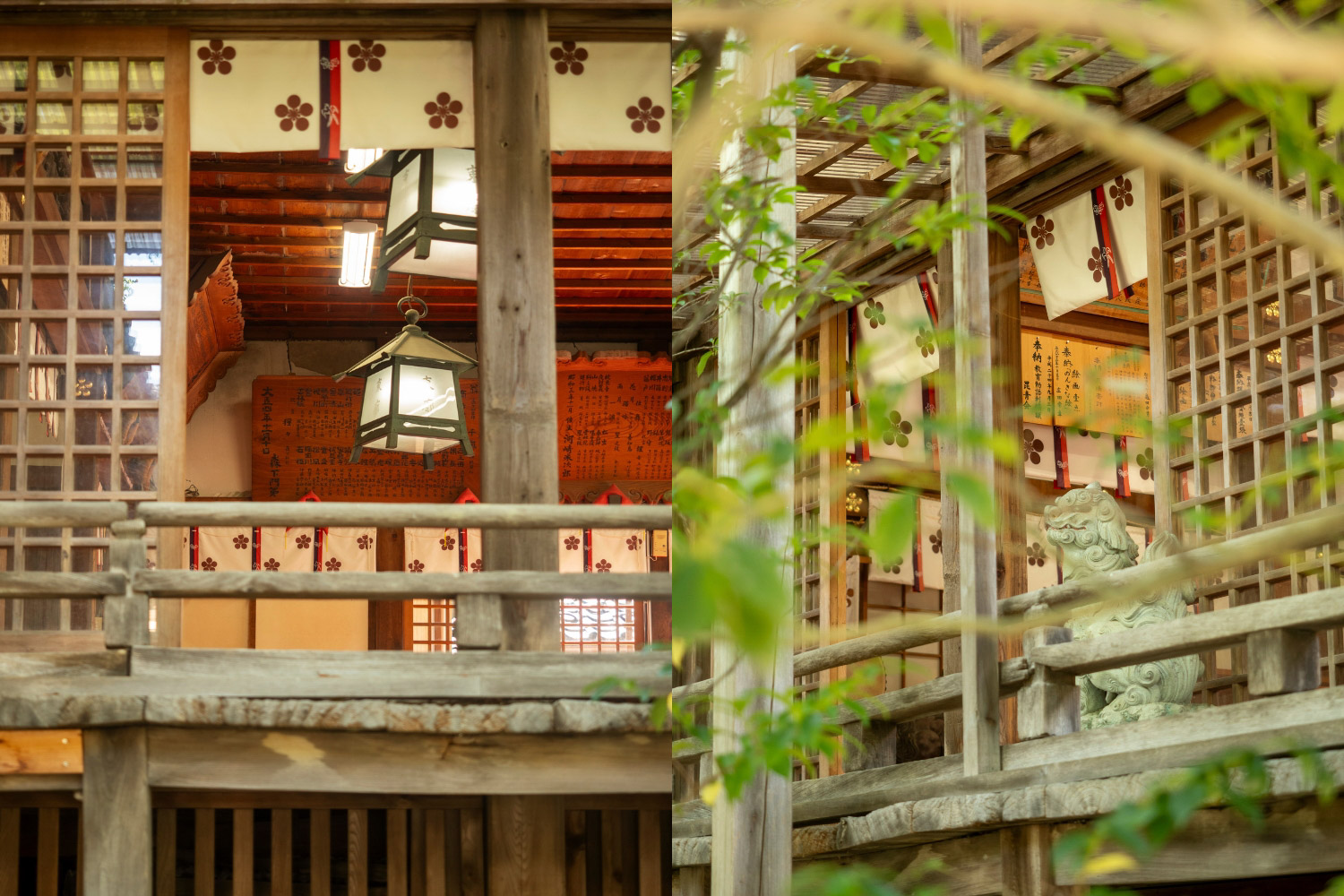
Chaya Streets: The main streets of Higashi Chaya District are lined with beautifully preserved chaya houses. These buildings, with their distinctive wooden lattices, are not just architectural marvels but also serve as the perfect subjects for photography, capturing the district’s historic charm. You’ll find it best to explore and simply wander with your camera, doing so at sunrise, and then again in the evening will allow you to soak up this area and all of its glory…the dimly lit evening is something really special!
Kaikaro Tea House: Another notable photography spot is the Kaikaro Tea House, which blends traditional architecture with contemporary art installations. Visitors can enjoy tea in an environment that captures the cultural fusion characteristic of modern-day Kanazawa.
*Just a note on privacy in this area, similar to Kyoto’s Gion District, it’s important to respect the privacy of those who live in the district. Avoid taking photos of people without their permission and be mindful of private property, or lingering/posing in front of homes.
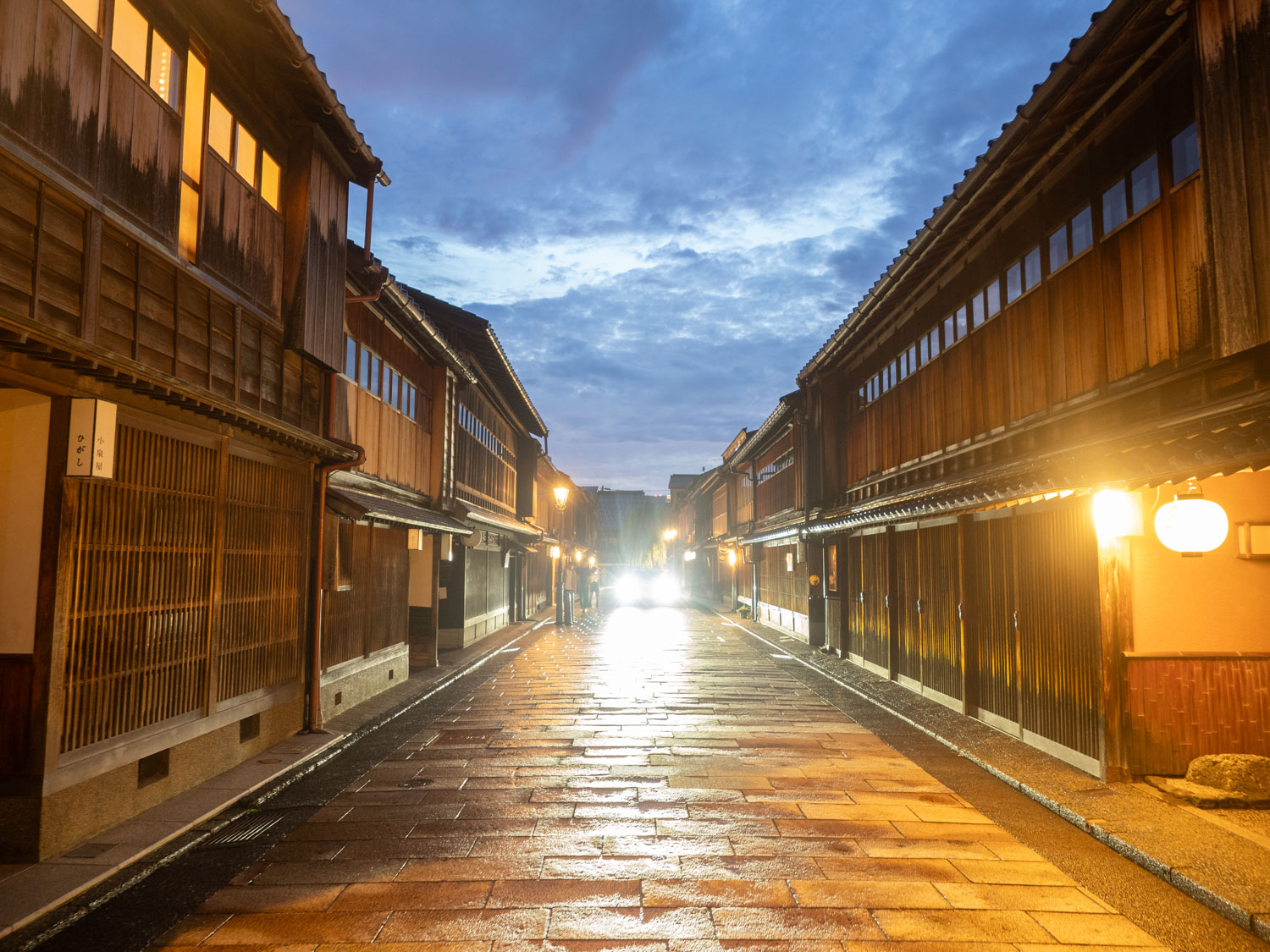
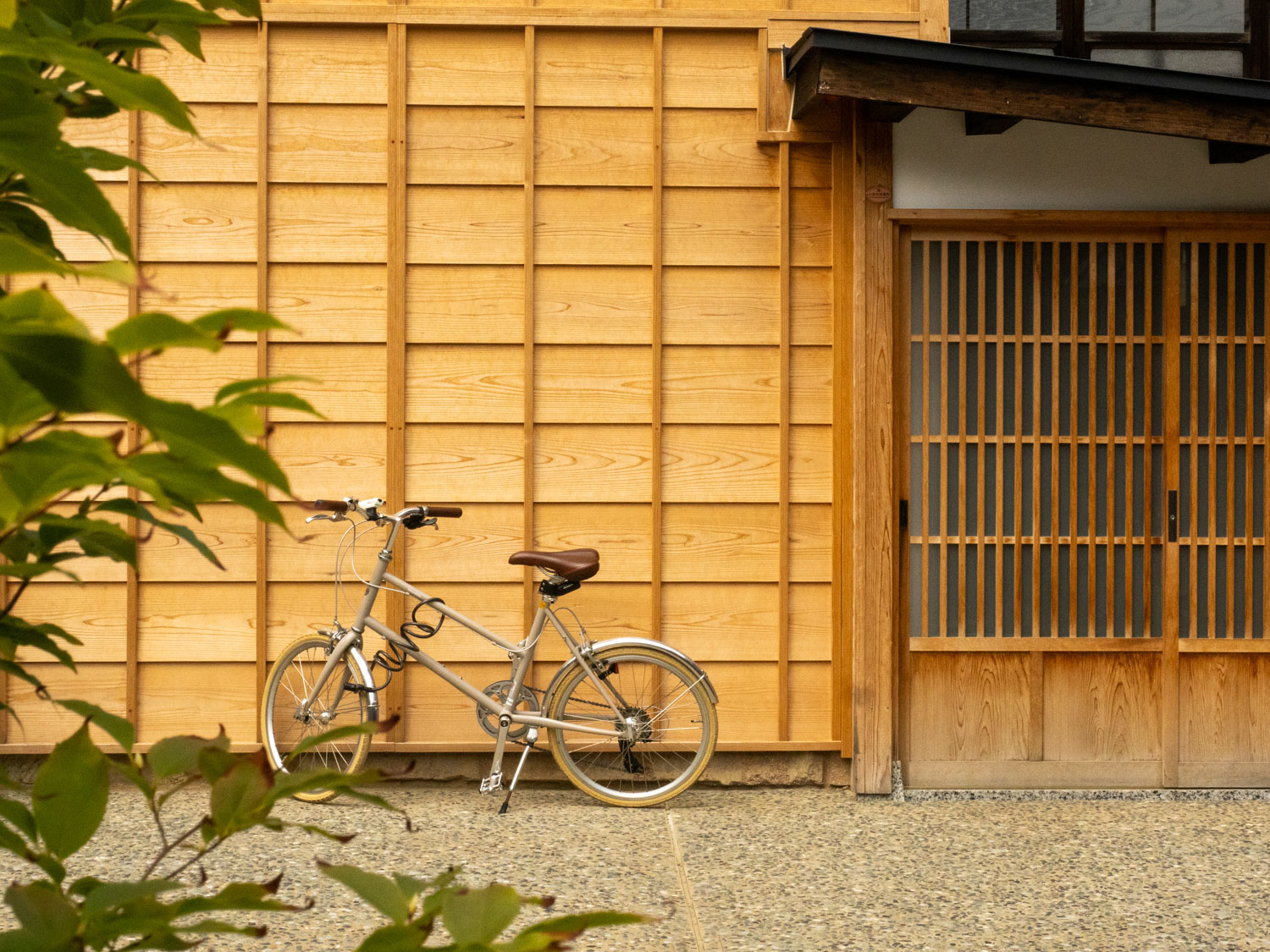
#3 Kanazawa Castle Park
Kanazawa Castle Park, with its expansive grounds and historic structures, offers a panoramic view of Japan’s feudal past and its architectural grandeur. The castle, originally built in the late 16th century and reconstructed over the years, and it’s white lead-tiled roofs shimmer in the sunlight, creating a striking contrast against the surrounding greenery and the deep blue sky, if you’re lucky!
Highlights and Photography Locations within Kanazawa Castle Park
Ishikawa-mon Gate: The gate, a designated Important Cultural Property, is an iconic symbol of Kanazawa Castle. Its imposing structure and traditional design make it a popular photography spot, especially when framed by the cherry blossoms in spring or the fiery maple leaves in autumn. This is the gate you’ll enter from if existing Kenrokuen Garden, a beautiful transition of scenes and photography opportunities.
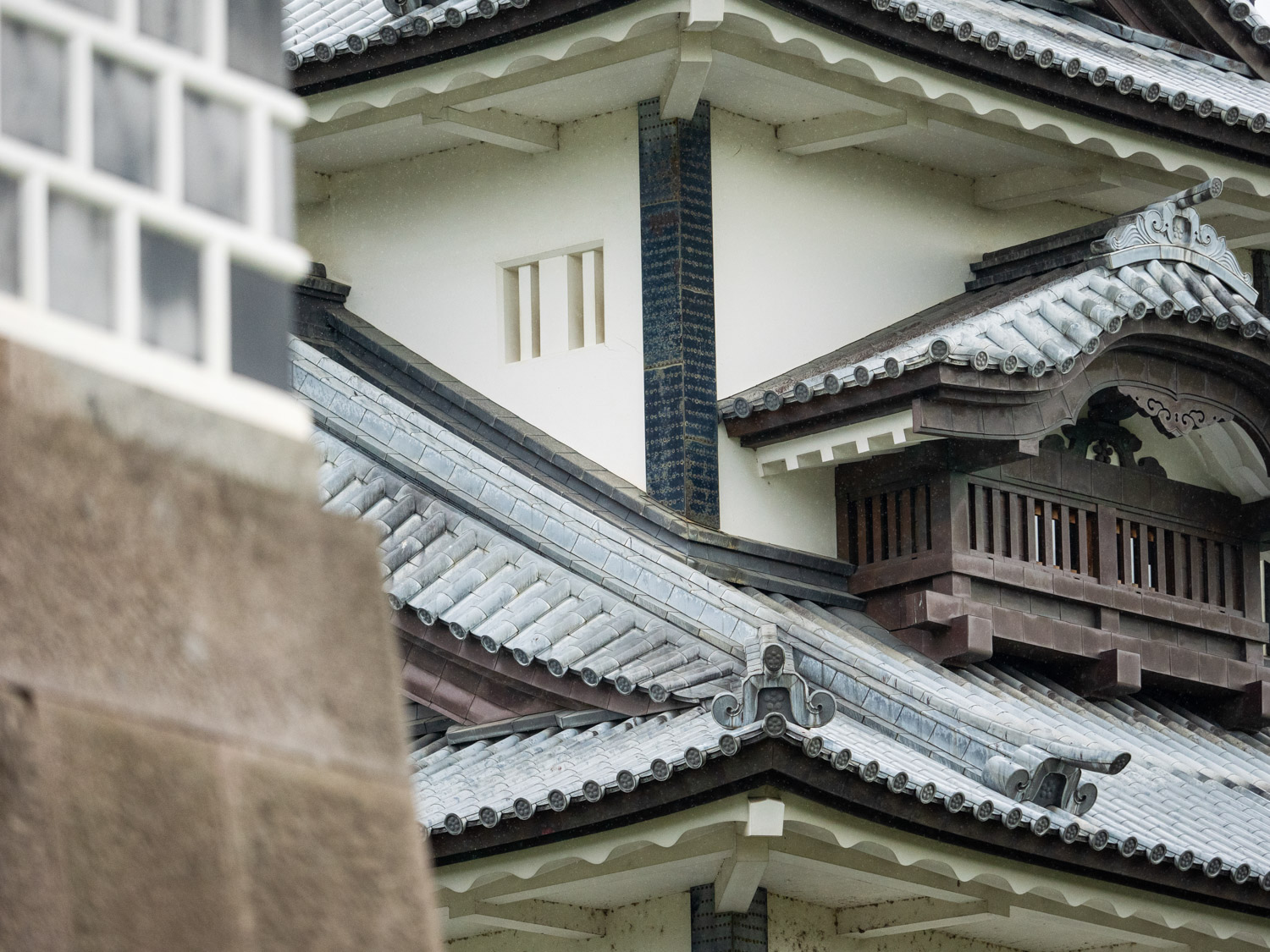
Gojikken Nagaya Storehouse: This long storehouse, with its white plaster walls and traditional tiled roof, stretches along the castle’s northern boundary. Its length and the way it harmoniously blends with the natural landscape offer compelling perspectives for photographs, capturing the essence of feudal architecture.
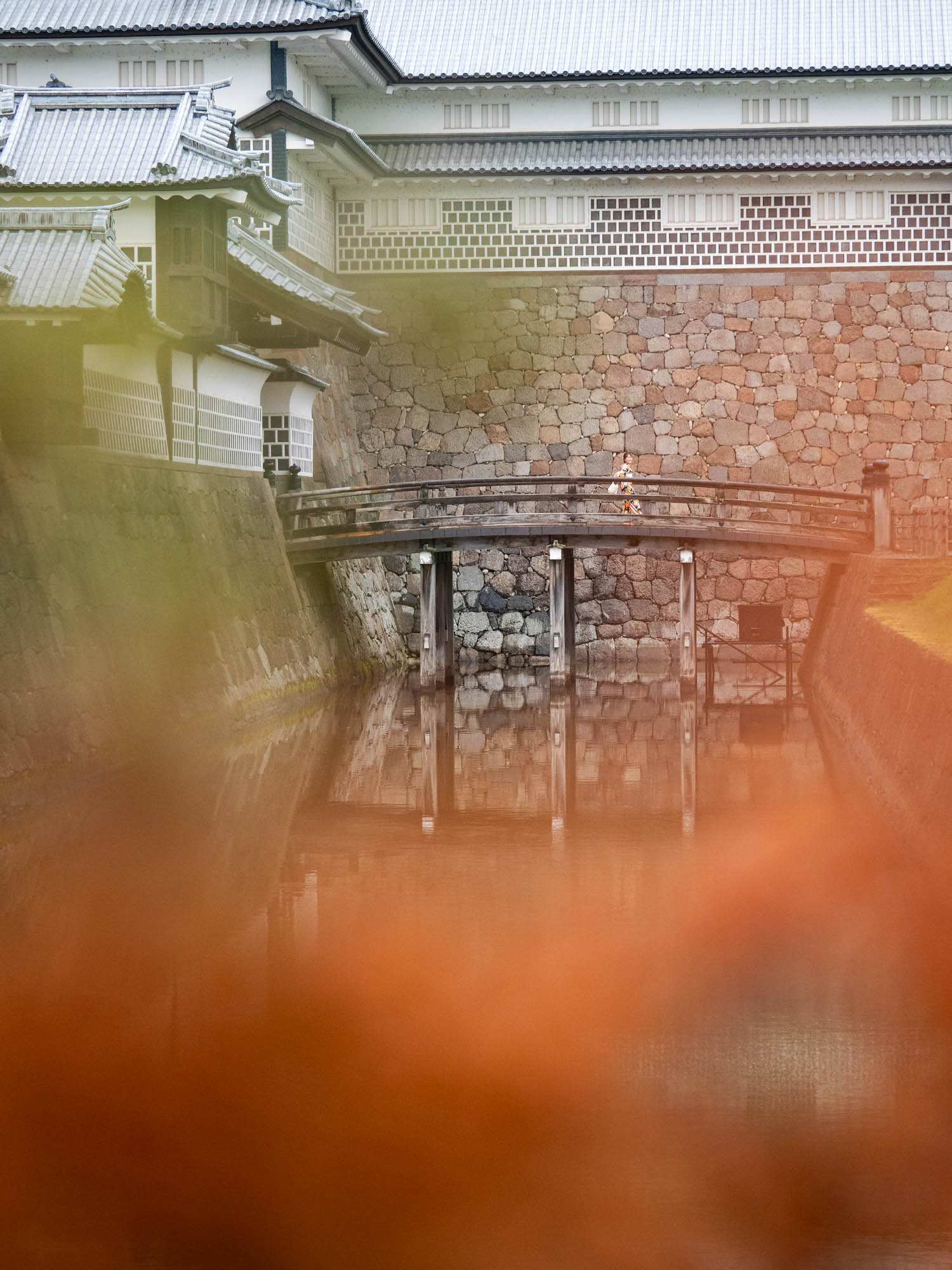
Gyokusen’inmaru Garden: Located within the castle grounds, this beautifully landscaped garden is a relatively recent addition, designed to emulate the traditional strolling gardens of samurai residences. With its picturesque pond, stone lanterns, and carefully arranged flora, Gyokusen’inmaru provides serene settings for photography, especially during the golden hours of sunrise and sunset.
Hishi Yagura Turret and Hashizume-mon Tsuzuki Yagura: These reconstructed turrets and connecting walls are prime examples of the castle’s defensive structures. Climbing to the top of these turrets offers a vantage point for capturing the sprawling castle grounds, the modern cityscape of Kanazawa, and the distant mountains.
*Also just to note, be careful to check closing times before entering the garden, as they’ll close the gates and the times change throughout the year, I may have been seen dashing across the grounds with just 5minutes left before closing because I got carried away taking photos!
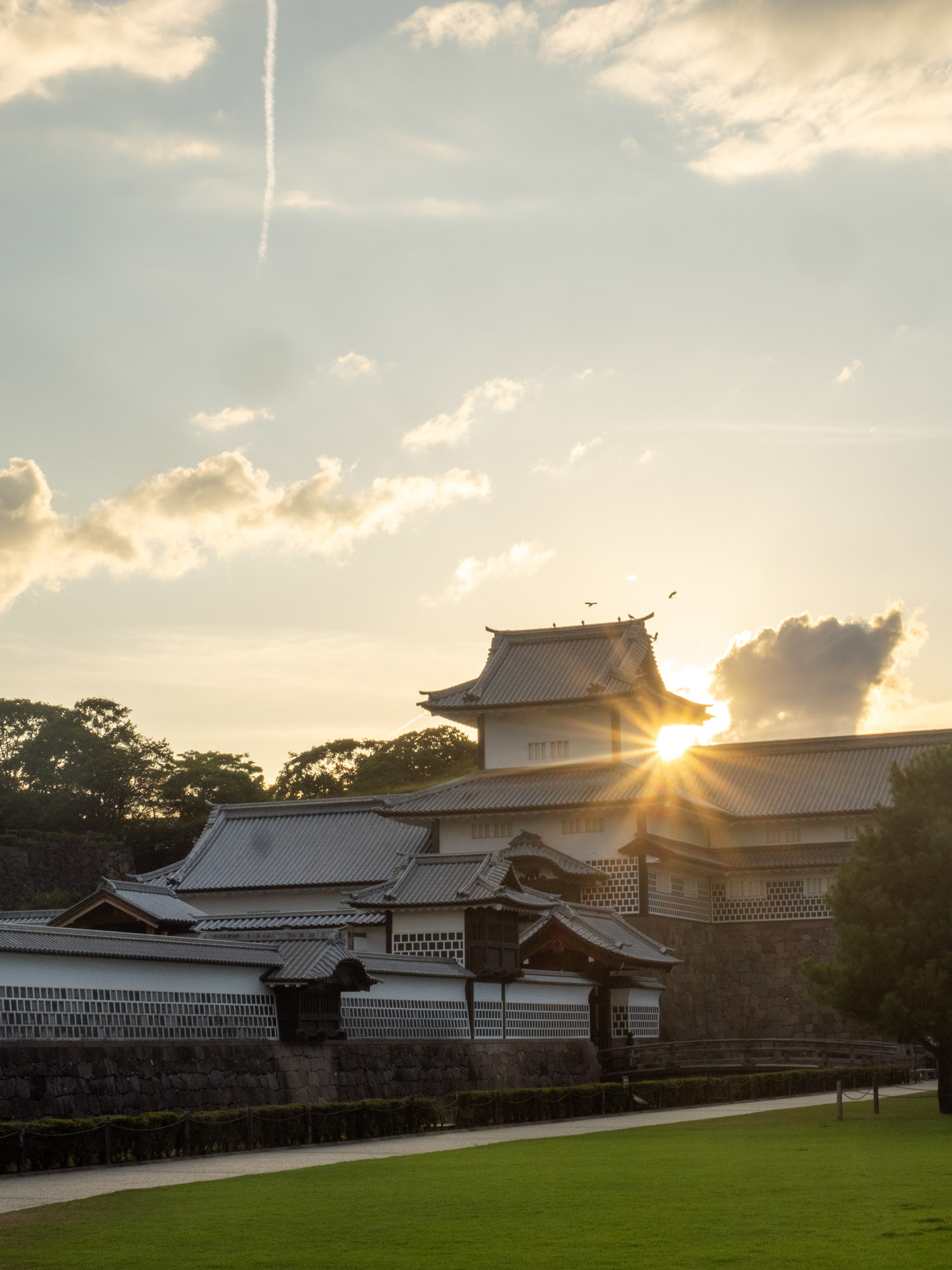
#4 Nagamachi Samuari District
This area, where samurai and their families once lived, is known for its well-preserved mud walls and traditional samurai residences. It offers a unique perspective on the city’s history and culture, with the Nomura Samurai House being a highlight and perhaps my favourite place to photograph in all of Kanazawa.
The Nomura family, serving under the Maeda lords, who ruled the Kaga Domain (present-day Ishikawa and Toyama prefectures), were among the elite samurai class. Following the Meiji Restoration in 1868, which led to the abolition of the samurai class, the Nomura family faced financial difficulties and eventually lost their esteemed status. The house was opened to the public to preserve and share the samurai heritage with future generations.
The Nomura Samurai House is renowned for its architectural beauty and the serene garden it overlooks. The house features beautifully preserved rooms that display the lifestyle and artifacts of the samurai era, including intricate armour, weapons, calligraphy, and traditional furnishings. The interior reflects the samurai’s philosophical pursuits, with a Zen-like simplicity and a deep connection to nature evident in every aspect of its design.
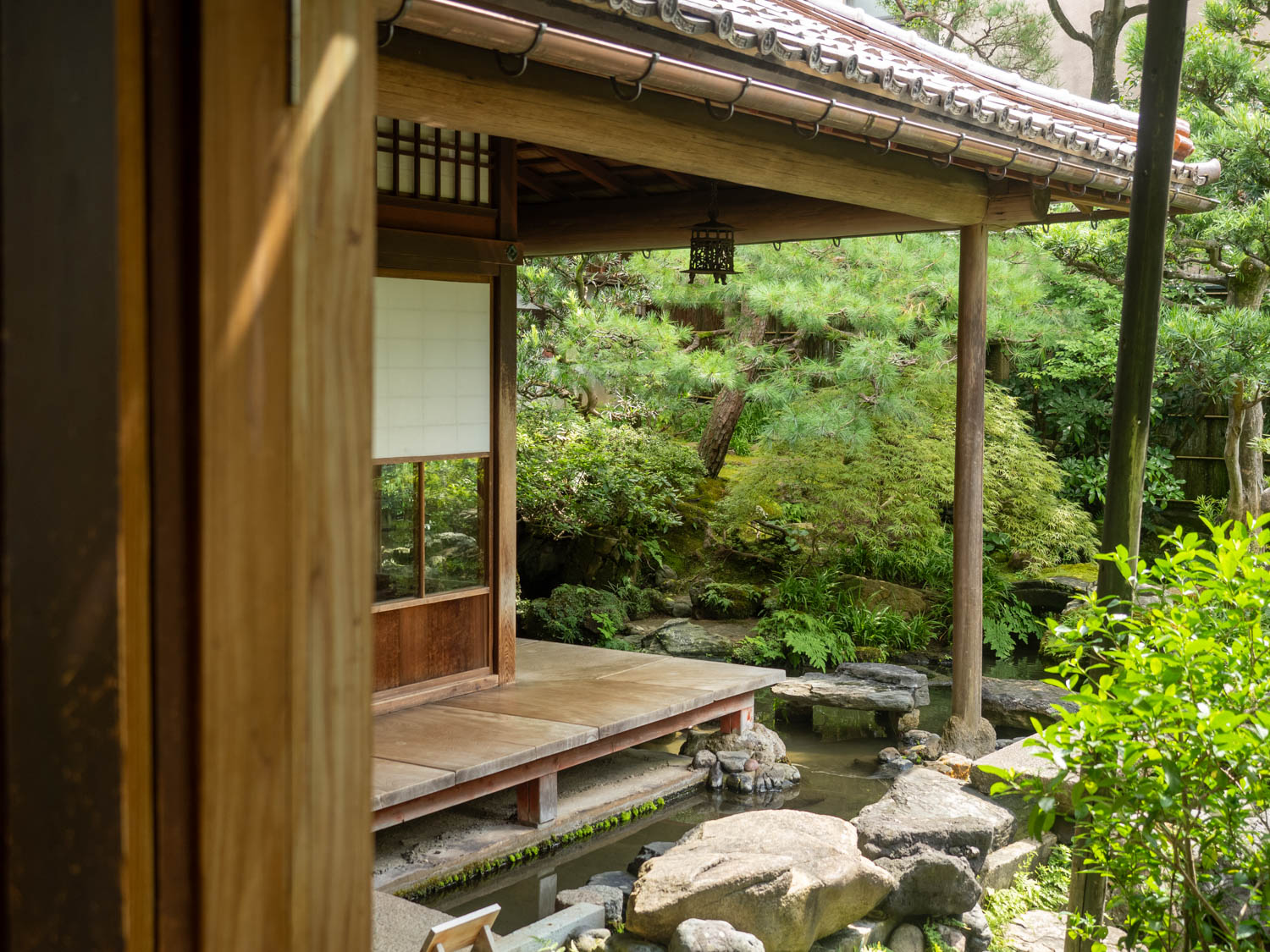
One of the house’s most captivating features is its small but exquisite garden, which is considered a masterpiece of Japanese landscape gardening. Comprising carefully selected stones, water features, and meticulously pruned trees and shrubs, the garden embodies the Japanese aesthetic of wabi-sabi, which finds beauty in simplicity and impermanence.
Opening Hours:
- The Nomura Samurai House is open to visitors year-round.
- The house is accessible from 8:30 AM to 5:30 PM (March to October) and from 8:30 AM to 4:30 PM (November to February).
Admission Fees:
- Entry to the Nomura Samurai House costs 550 yen for adults and 400 yen for children, offering a valuable opportunity to explore the legacy of the samurai in Kanazawa.
*Also, try to plan your visit when it’s not very crowded to enjoy this beautiful space in peace, and have the time to capture a collection of images without crowds.
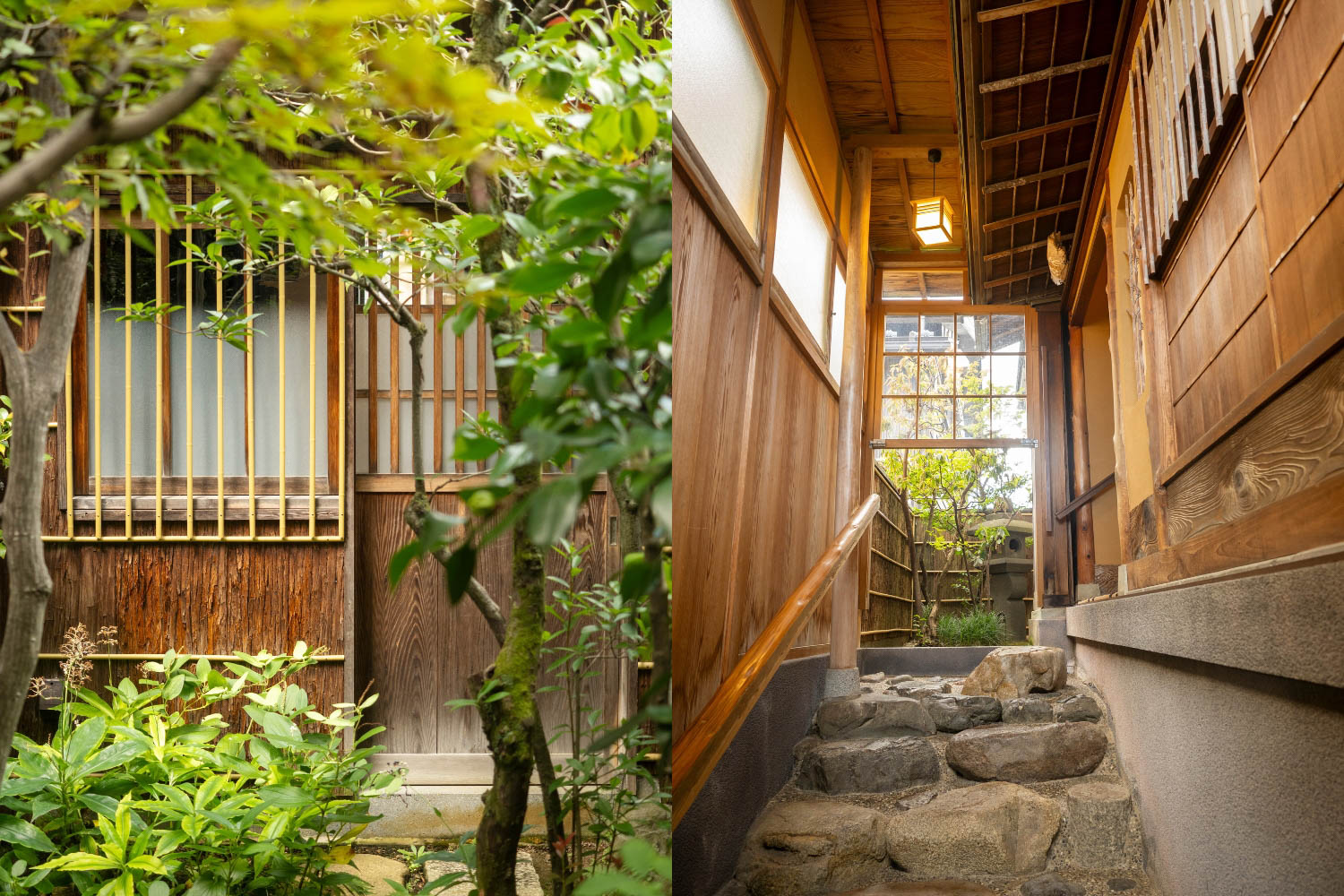
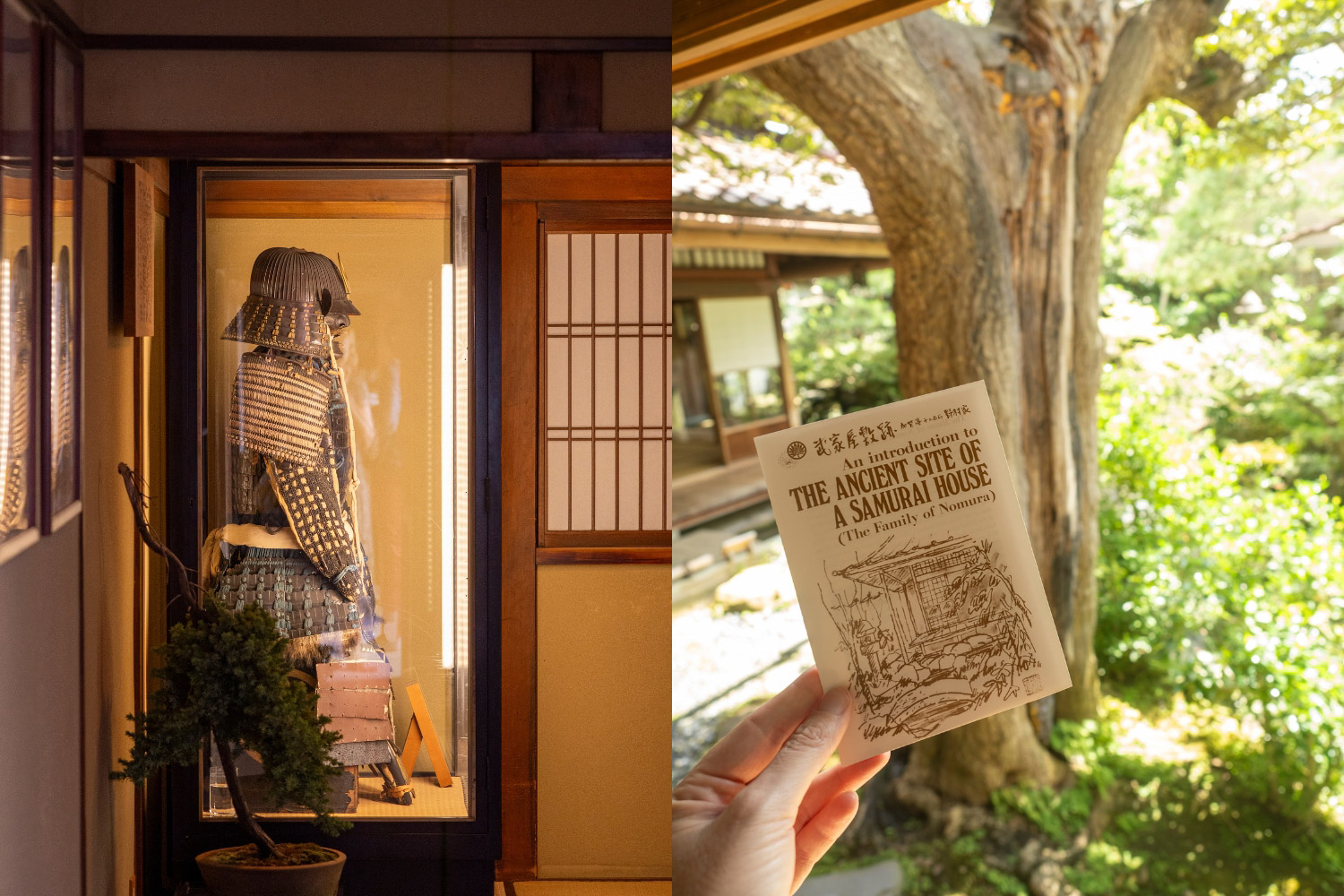
#5 Asanogawa River
The Asanogawa River, one of the two rivers that gracefully flow through Kanazawa, offers a picturesque setting that captivates photographers and nature lovers alike, particularly if you’re pairing it with a visit to the Higashi Chaya District.
Along the river just west of the Asanogawa Bridge, you’ll find Kazuemachi Chaya District, with traditional machiya (townhouses) lining the water’s edge, showcasing the harmonious blend of Kanazawa’s historic charm and natural beauty.
Each season transforms the river into a distinctly different landscape (I’m happy to visit in multiple seasons!). Spring brings cherry blossoms that delicately frame the riverbanks, summer offers lush greenery, autumn reveals a tapestry of fiery colors, and winter covers the scene in a serene blanket of snow, each providing unique compositions and moods for photographers as the skyline and buildings are also transformed.
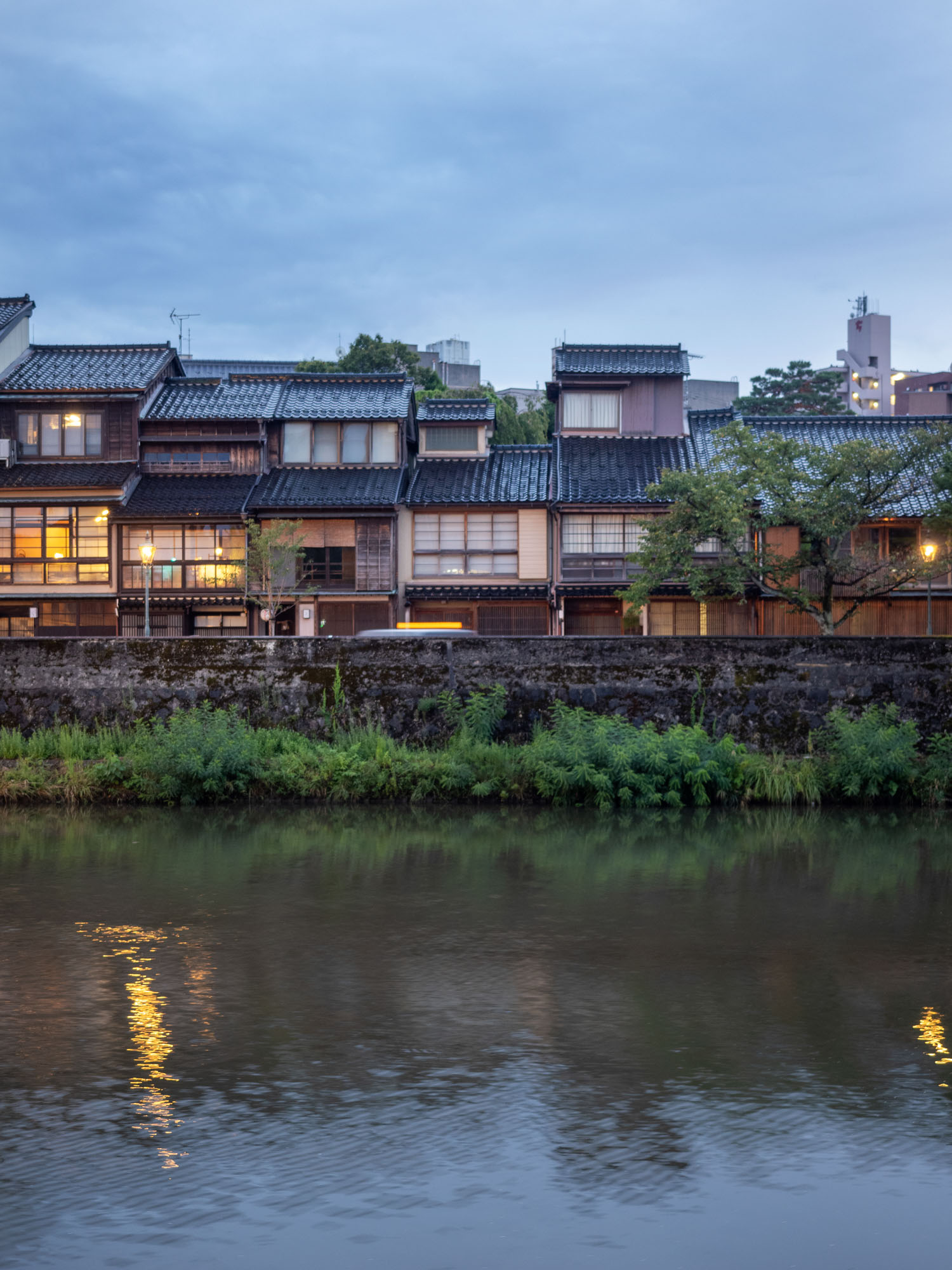
Historic Bridges and Architecture: The river is flanked by several bridges, each with its own history and character. The Asanogawa Ohashi, in particular, is a favorite spot for capturing the contrast between the flowing river and the static beauty of Kanazawa’s traditional buildings.
Golden Hour and Blue Hour: The golden hour brings a warm glow to the river, ideal for capturing soft, illuminated scenes, while the blue hour provides a cool contrast, highlighting the lights of the city and creating a magical atmosphere. Light posts, dimly light entrances to homes and the bridges themselves, offer a variety of subjects to work with.
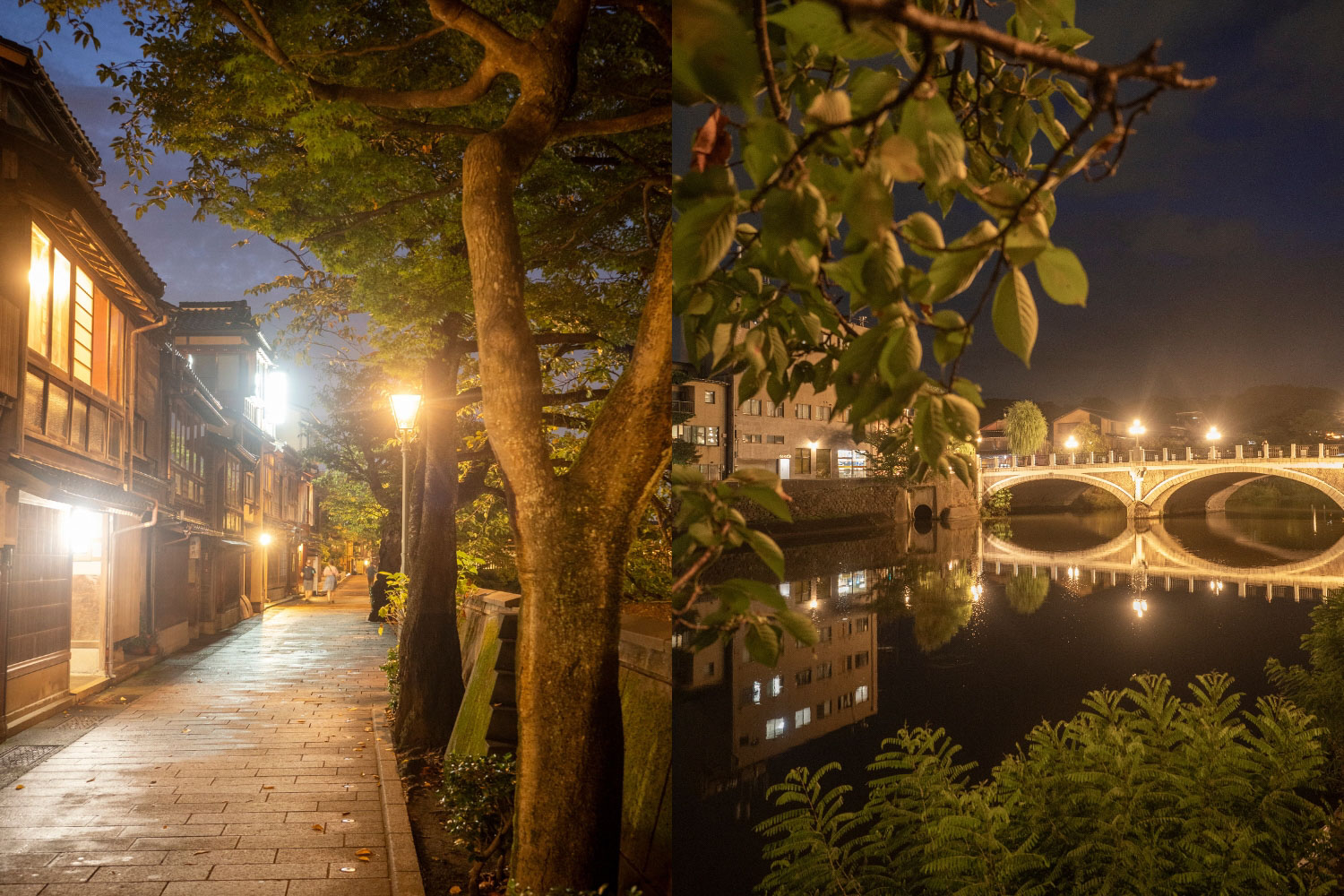
Lastly, the Omicho Market: For those interested in street photography and capturing local life, Omicho Market, with its bustling stalls, fresh seafood, and vibrant atmosphere, is ideal. Early morning is the best time to visit to capture the energy and interactions of local vendors and shoppers. Unfortunately, I can’t include too much more on the market as I only had a chance to visit in the early evening, when the market stalls were closed…I could feel it would be quite exciting when the action is happening though!
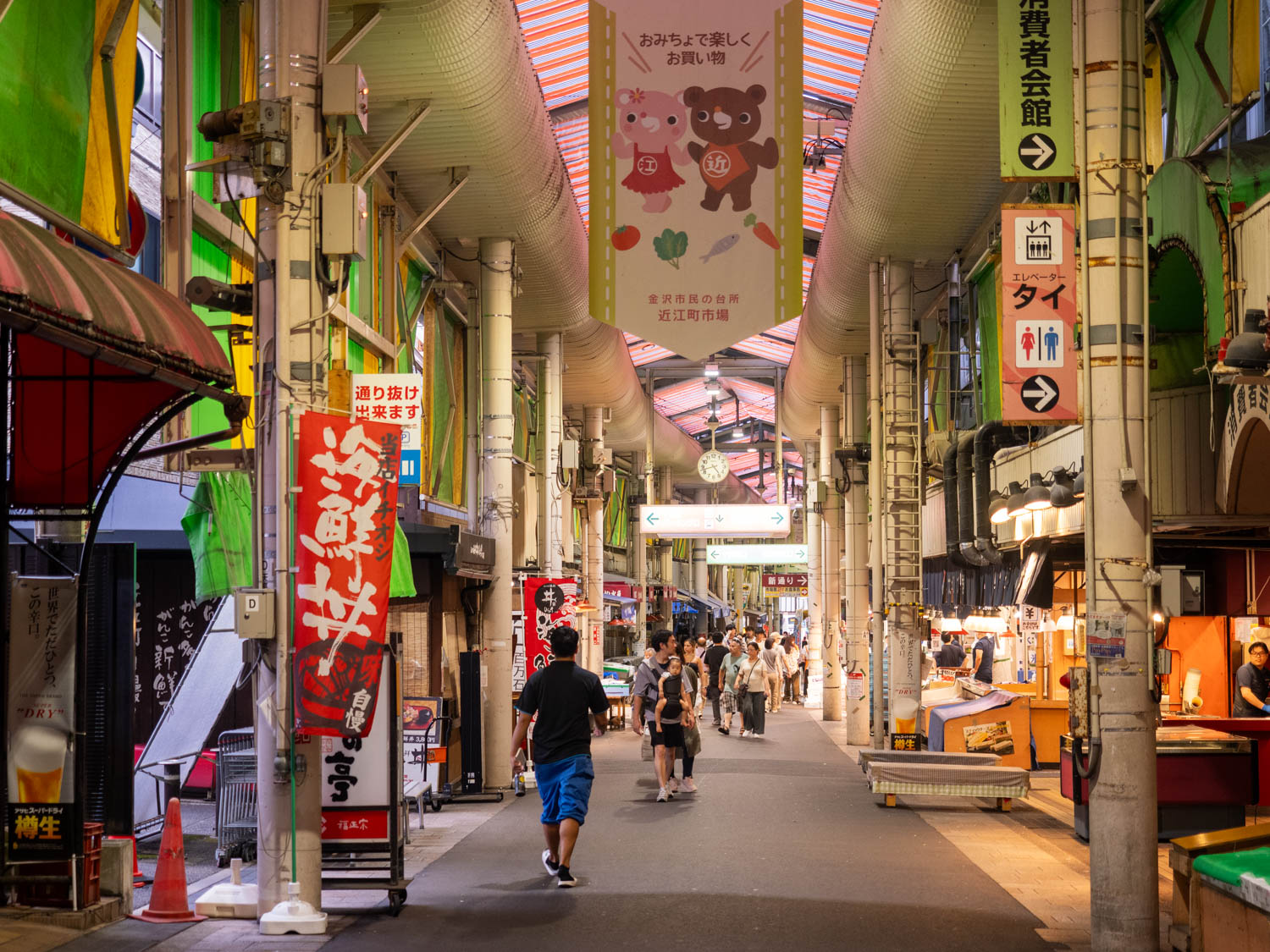
General Travel Tips for Visiting Kanazawa
What’s the best time to visit Kanazawa?
Spring (March to May) and autumn (September to November) are the most picturesque times to visit, with pleasant weather and the beauty of cherry blossoms or autumn colours.
Getting around Kanazawa: The city is compact and easily explored on foot or by bicycle. For longer distances, buses and taxis are readily available and easy to flag down. The distance between the train station and central area is less than 10minutes, if you don’t have much luggage you could walk it, or take a local bus. For those with luggage (like me!), a taxi is affordable and an easy solution.
Cuisine to eat in Kanazawa: Don’t miss trying Kanazawa’s seafood, especially sushi and sashimi inside the Omicho Market, as the city is known for its fresh catch from the Sea of Japan.
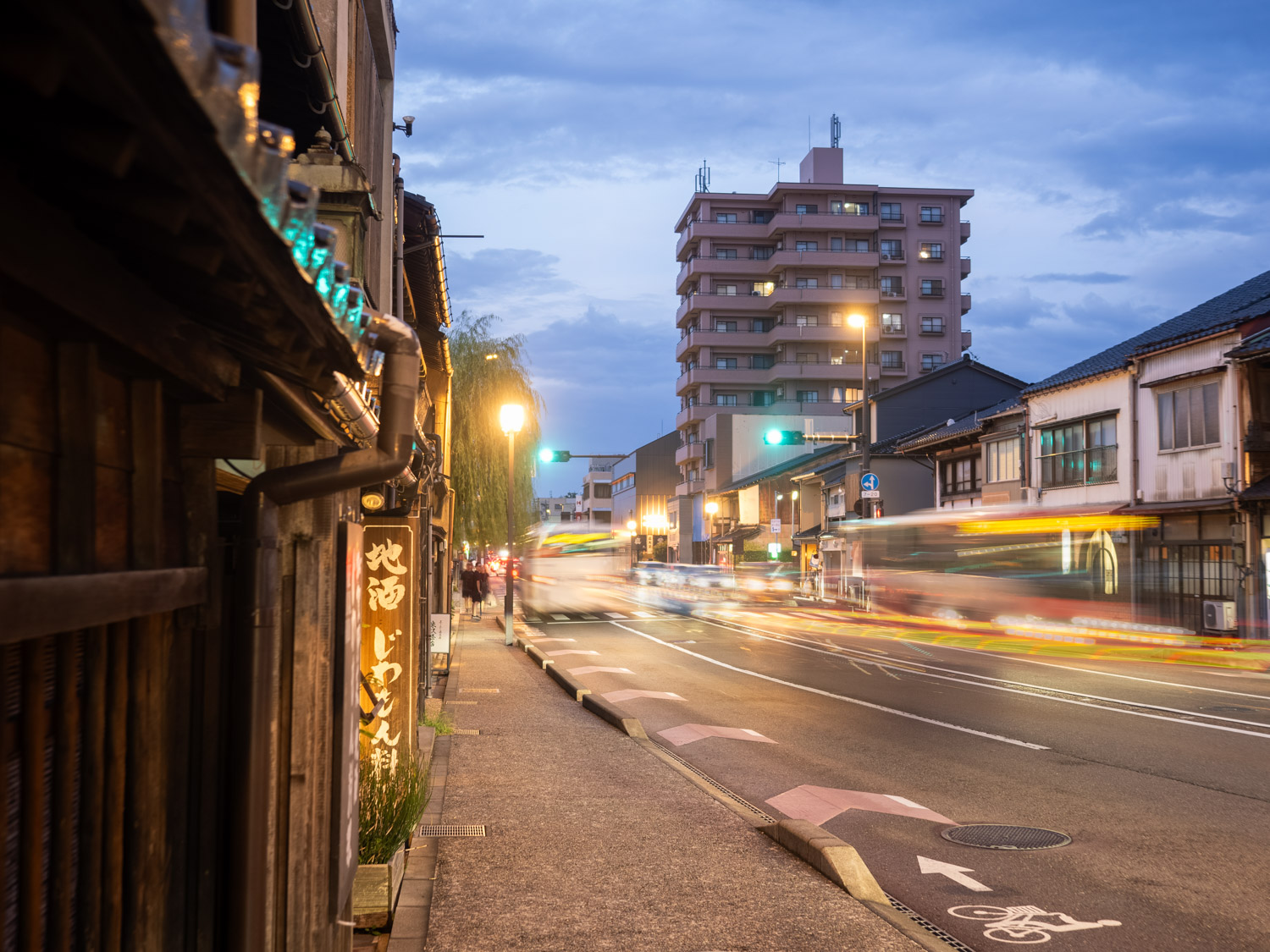
Travelling to Kanazawa by Train:
If you’ve got a JR Pass, use it to reach Kanazawa in comfort. Depending on the train you take, the journey time will differ, but I recommend the Hokuriki Shinkansen from Tokyo, it passes through some beautiful scenery! You can use Kanazawa as a middle stop between Tokyo and Kyoto too, creating a triangle of sorts in your itinerary.
Getting to Kanazawa from Tokyo: Take the Hokuriku Shinkansen from Tokyo Station to Kanazawa Station. The journey takes approximately 2.5 to 3 hours, making it a convenient option for travellers coming from the capital.
Getting to Kanazawa from Kyoto: Take the Limited Express Thunderbird train from Kyoto Station to Kanazawa Station. The travel time is about 2 hours and 20 minutes.
PS – If travelling by train, don’t forget to pick up snacks and a bento box…it’s all part of the experience and you’ll see once you’re on board, everyone does it!
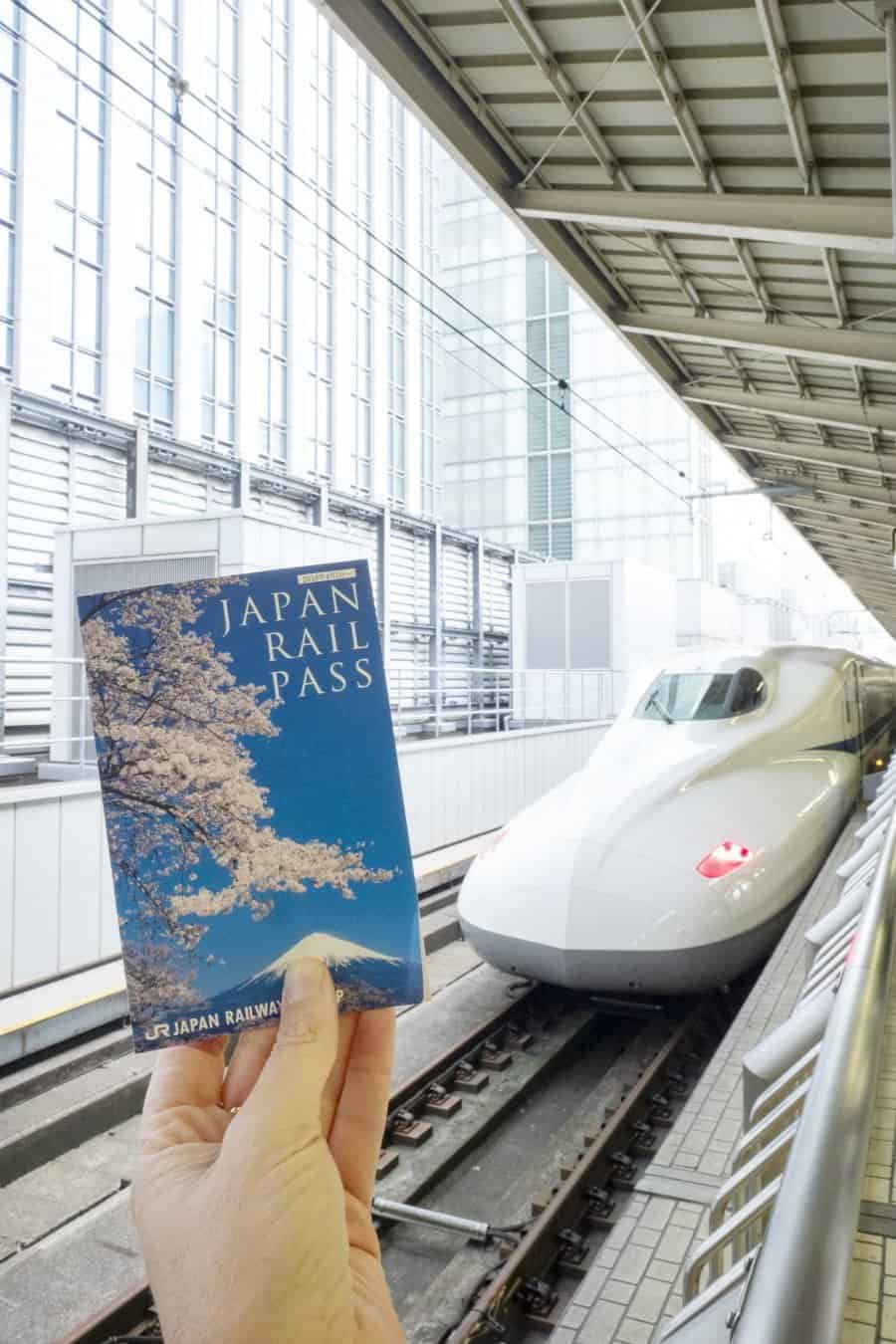
Where to Stay in Kanazawa
My base for the visit was at the central, new and very, very comfortable Soki Kanazawa. It felt like a luxury spa hotel for the price of a standard room…I highly recommend staying here when photographing Kanazawa.
We opted for the Deluxe Twin room to ensure there was enough room for suitcases, however there was more than enough space, the bathroom was beautiful, there were robes and slippers included, plus little extras!
Also, finishing a day of photographing with a stop by Lawson or Family Mart to pick up a mini banquet dinner, then dine in our room while saving and editing images was the most relaxing thing! If you’ve been to Japan, you’ll know what I mean by this…combini (supermarket) dinners are the best.
Your map of Kanazawa Photography Locations –
click and it’ll open in Google Maps
Continue reading about Japan with The Wandering Lens:
A Photographer’s Guide to Tokyo
A Guide to the Best Photography Locations in Kyoto
Perspectives: Photographing Arashiyama’s Bamboo Grove
Perspectives: Photography tips for visiting Fushimi Inari
Behind the Lens: Photographing a Sumo Tournament in Tokyo
If you’re keen to improve your photography, take The Wandering Lens ‘3 Week Composition Reset Course‘ to refresh your approach to photography and learn new creative composition techniques.
You’ll also find The Freelance Travel Photographer Course available to start at any time online, so you can learn at your own pace and begin exploring the world of freelance photography.
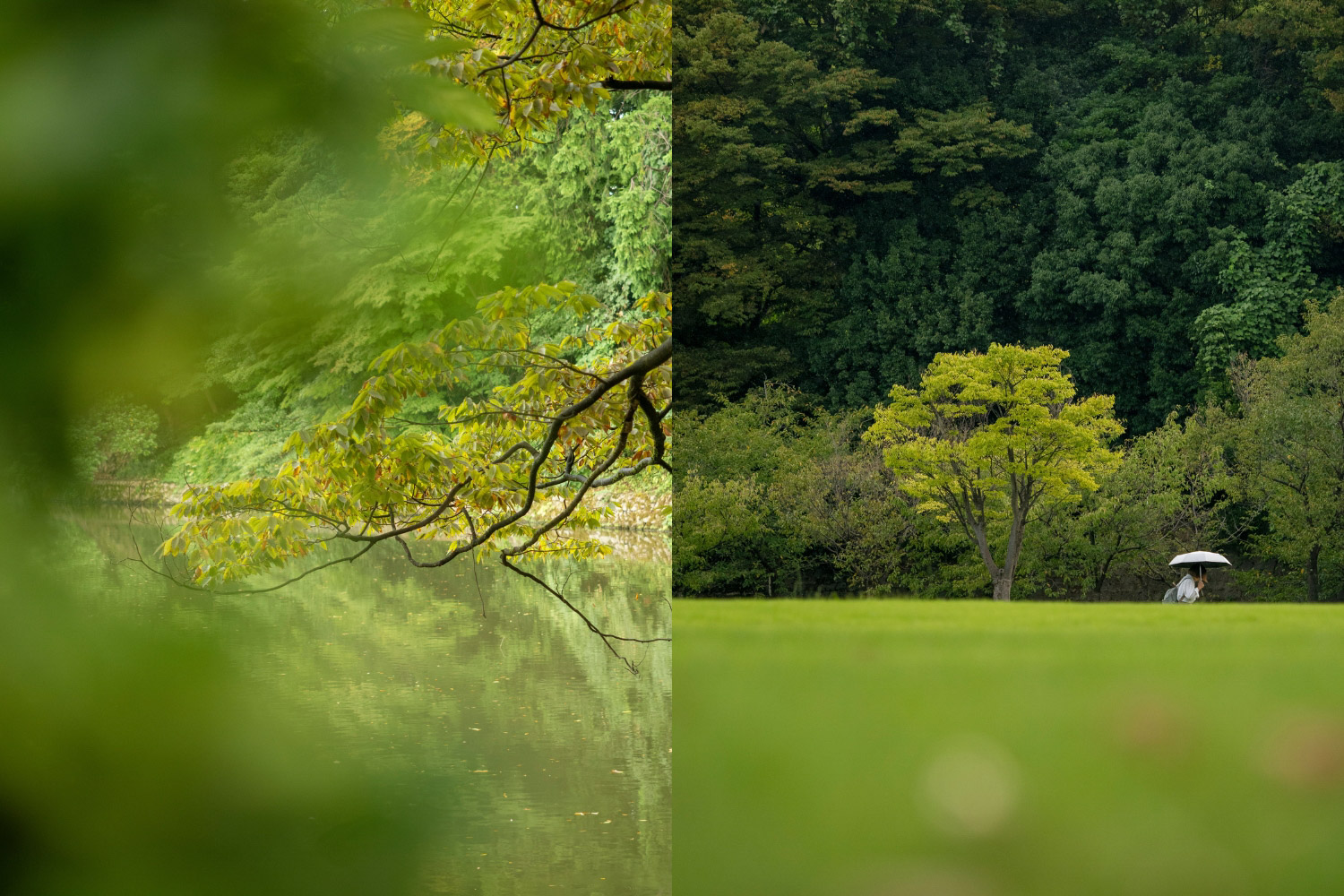
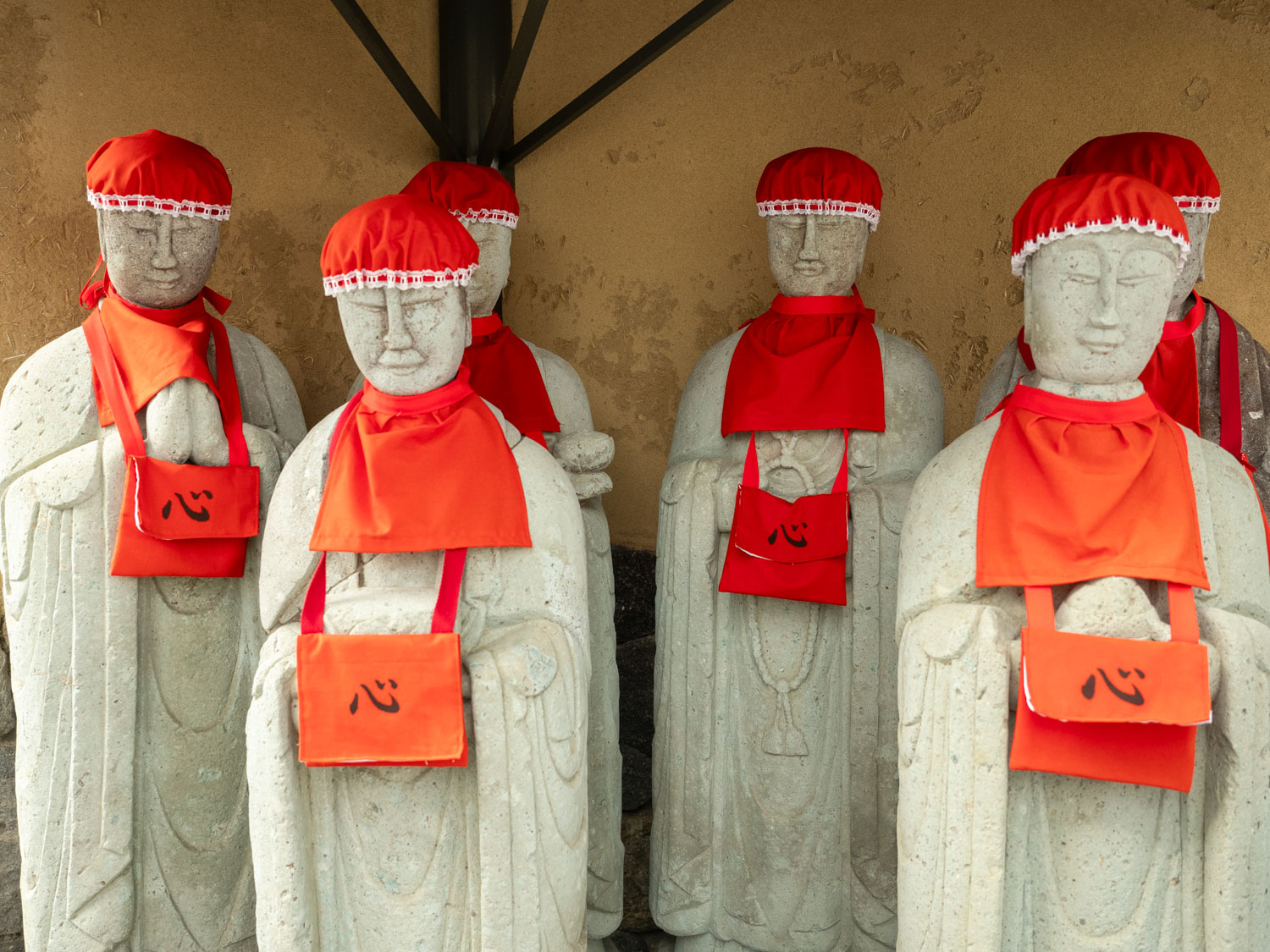
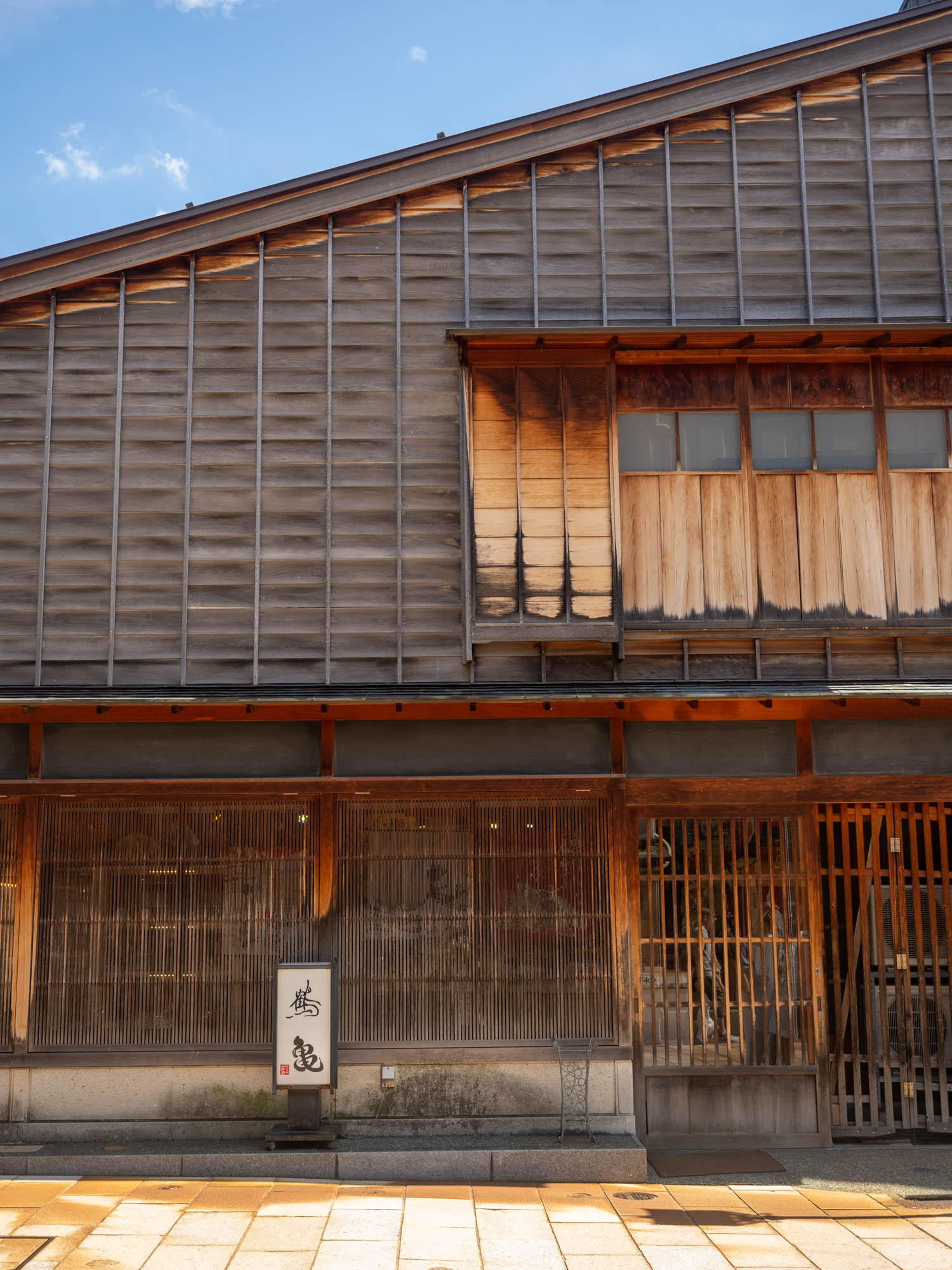
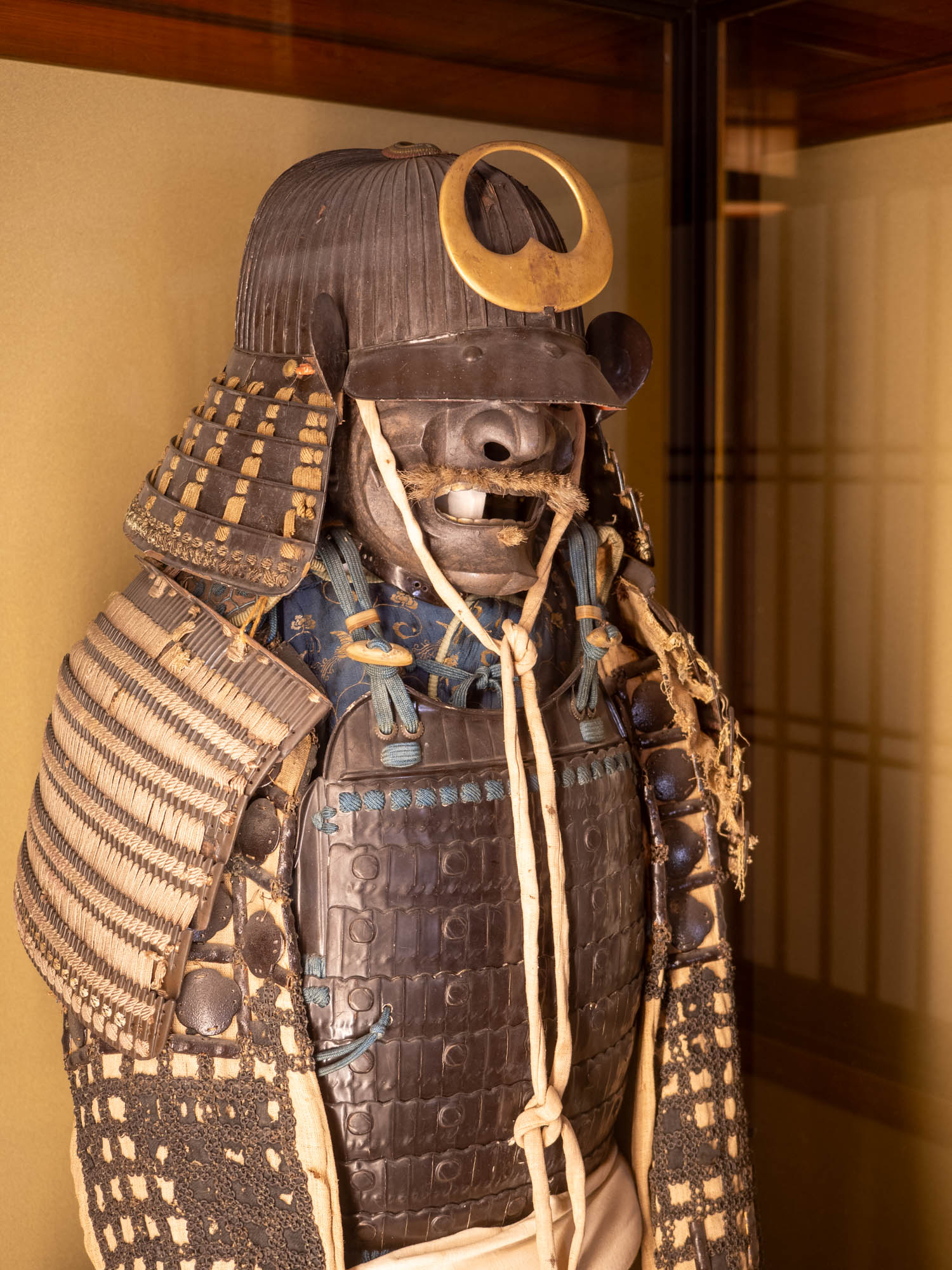
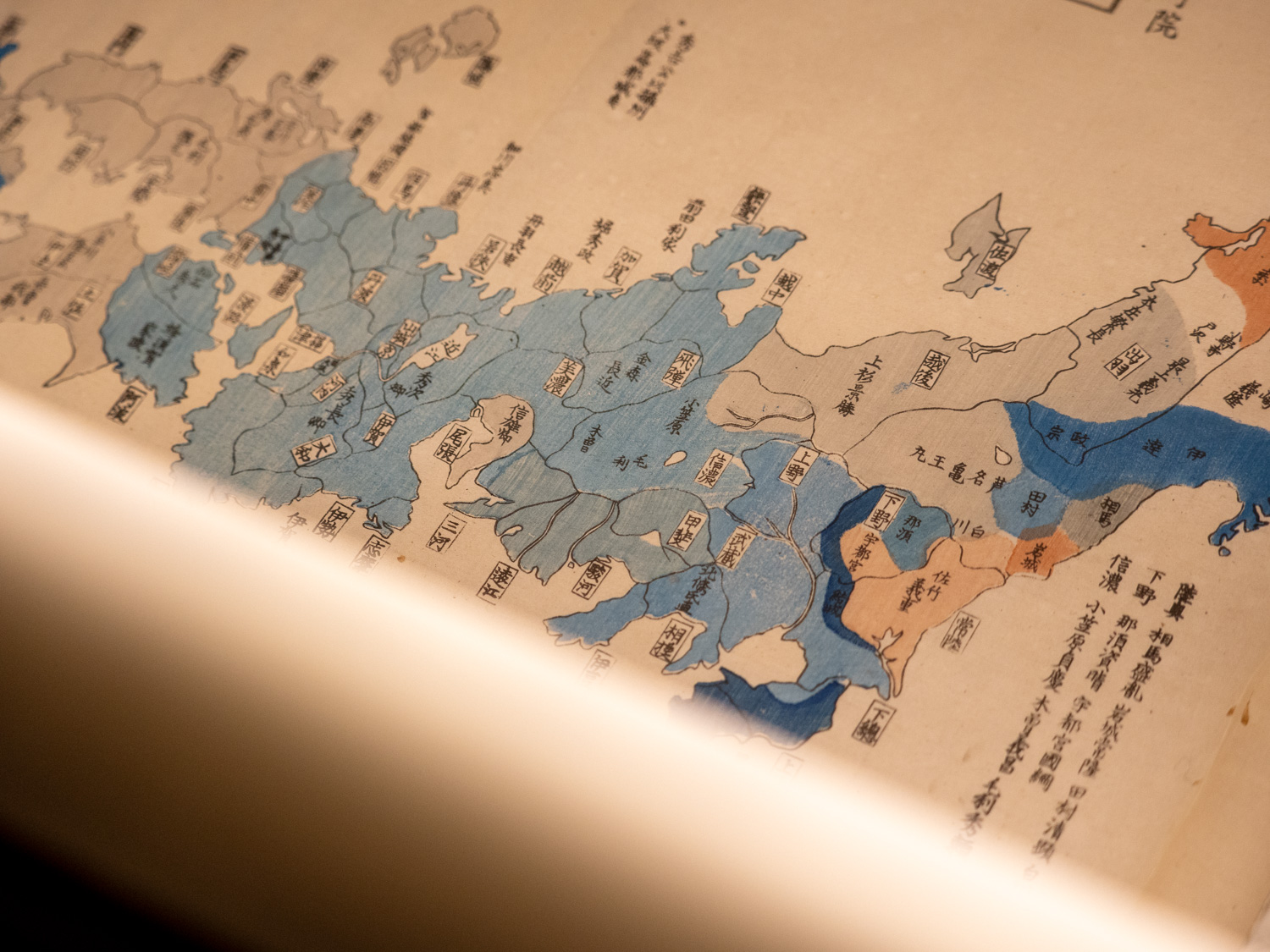
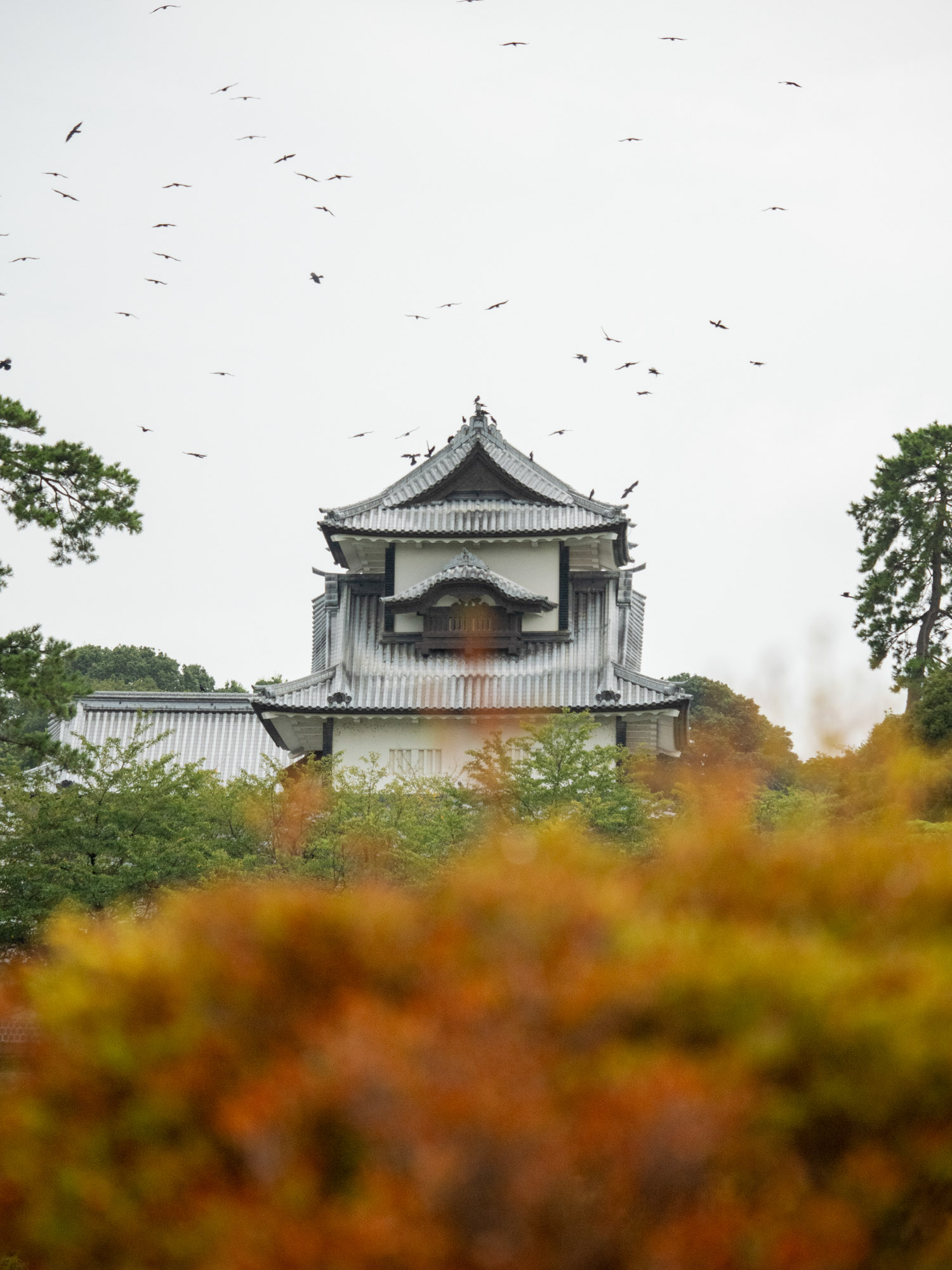
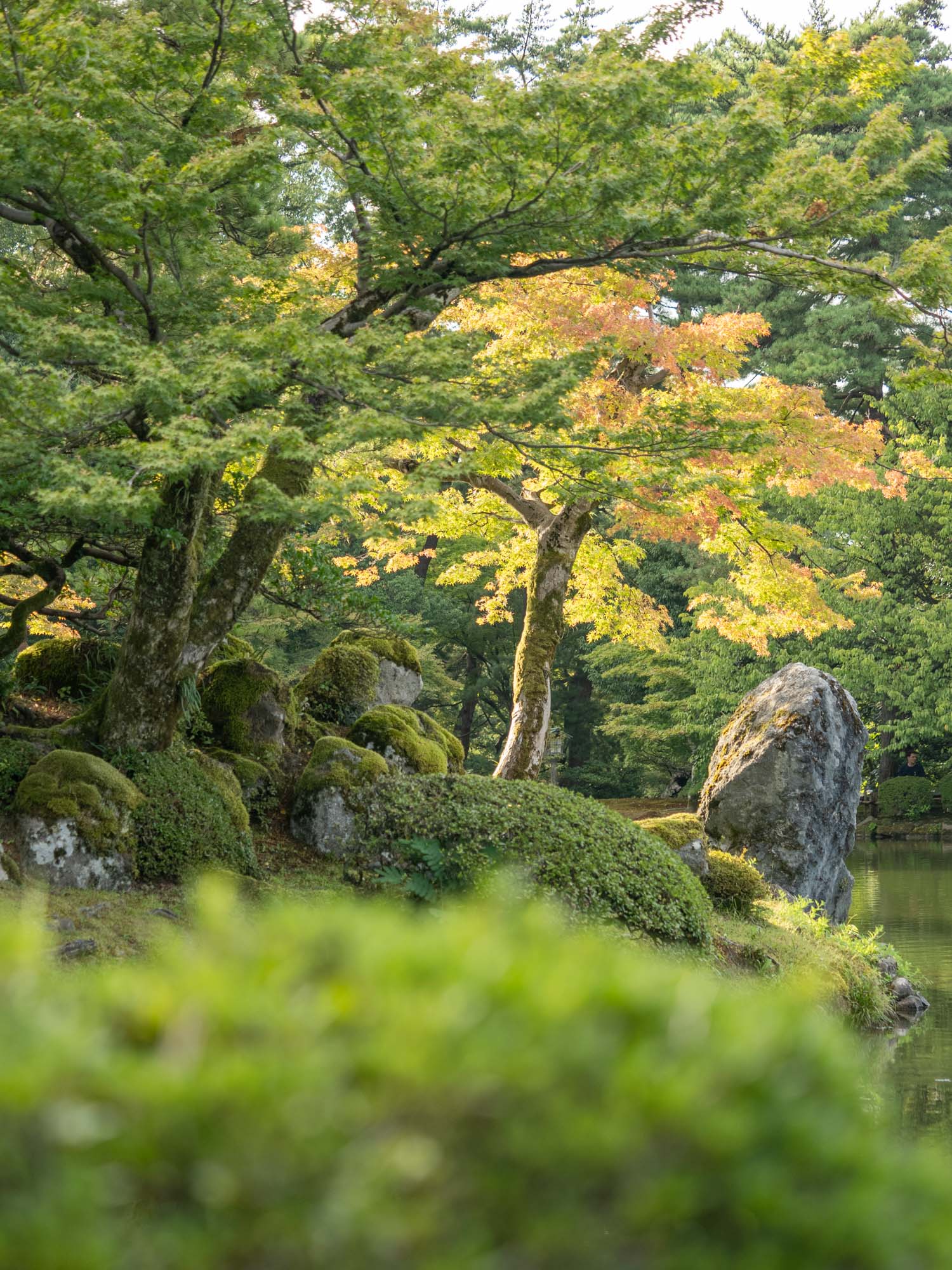

Hello! I’m the founder and photographer behind The Wandering Lens.
With 17+yrs experience as a professional travel and landscape photographer, all advice found on this site is from my personal experience on the road. I hope it’s useful for your own travels and would love to hear in the comments about your trips and experiences around the world.

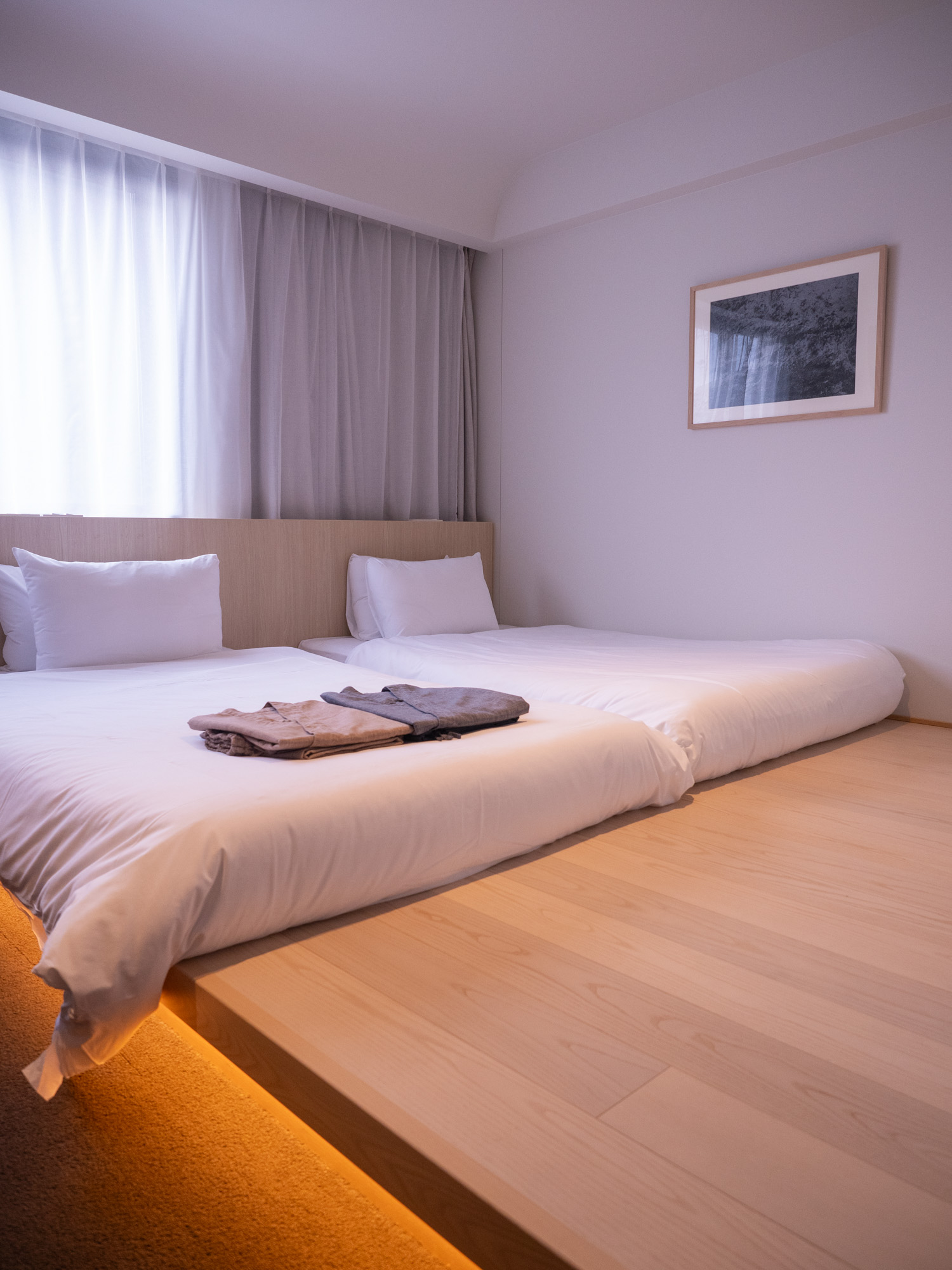
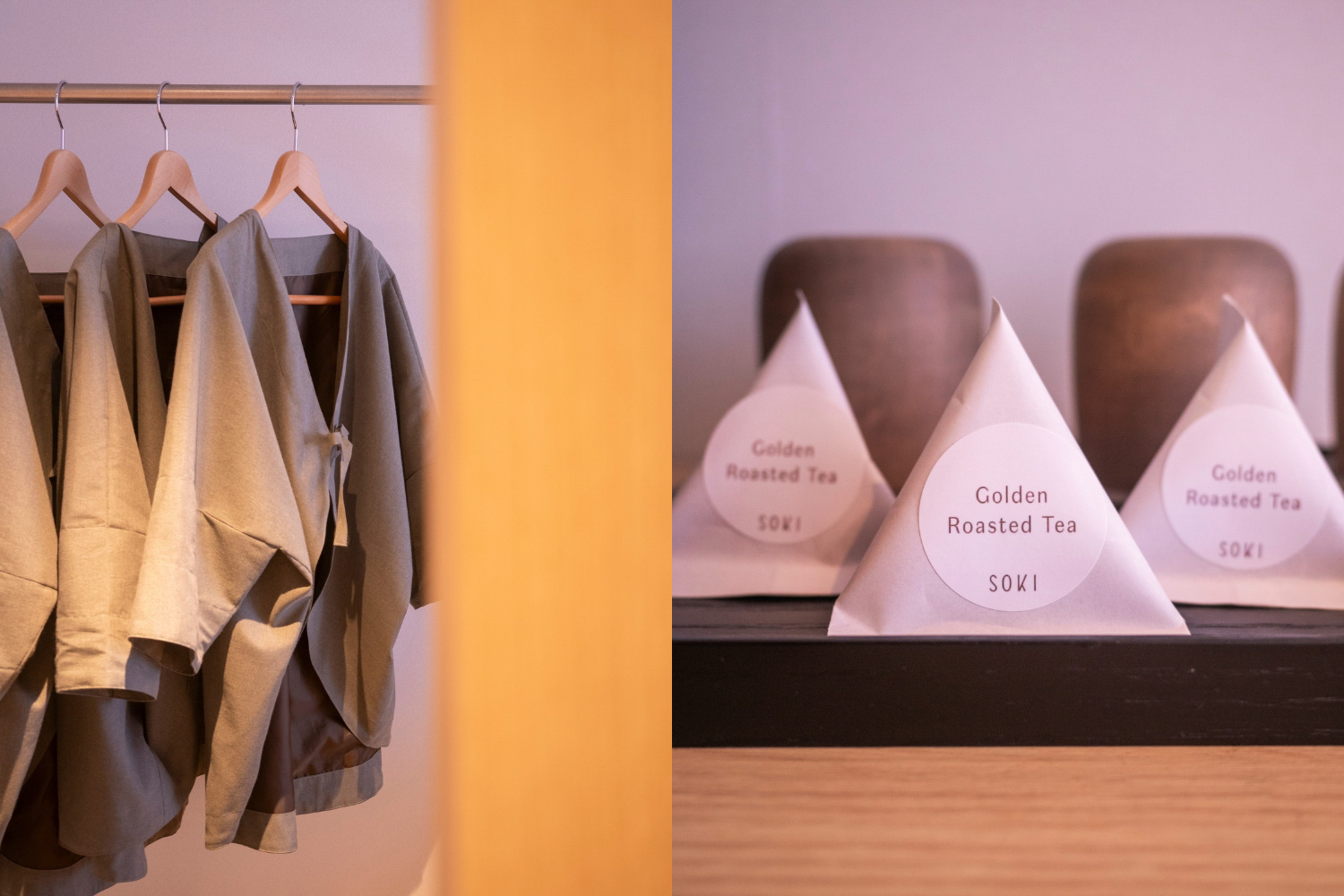
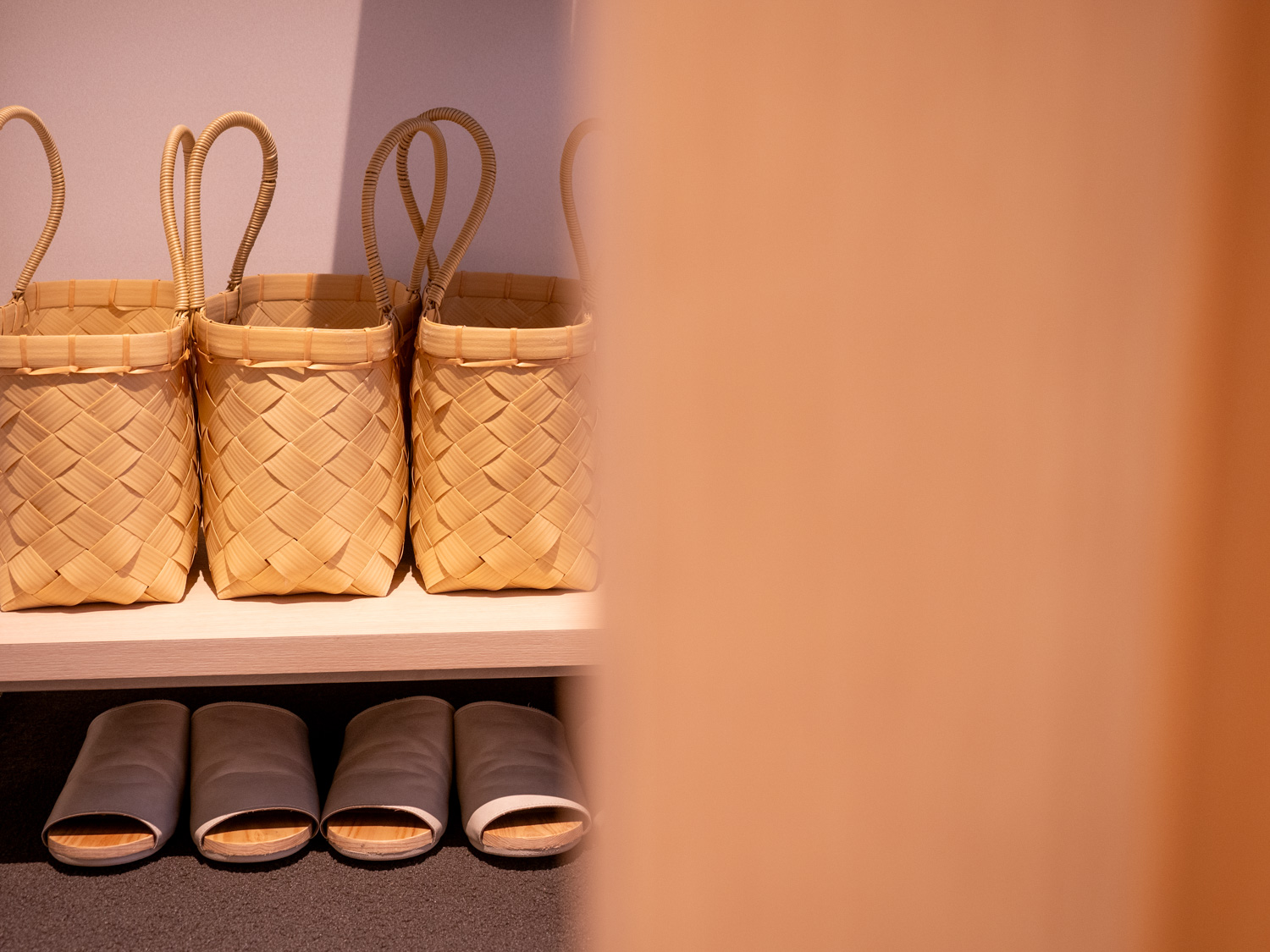
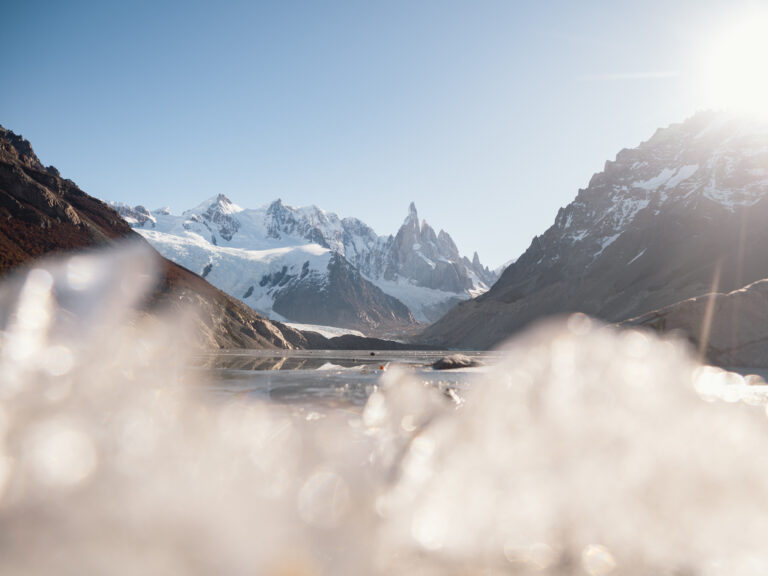
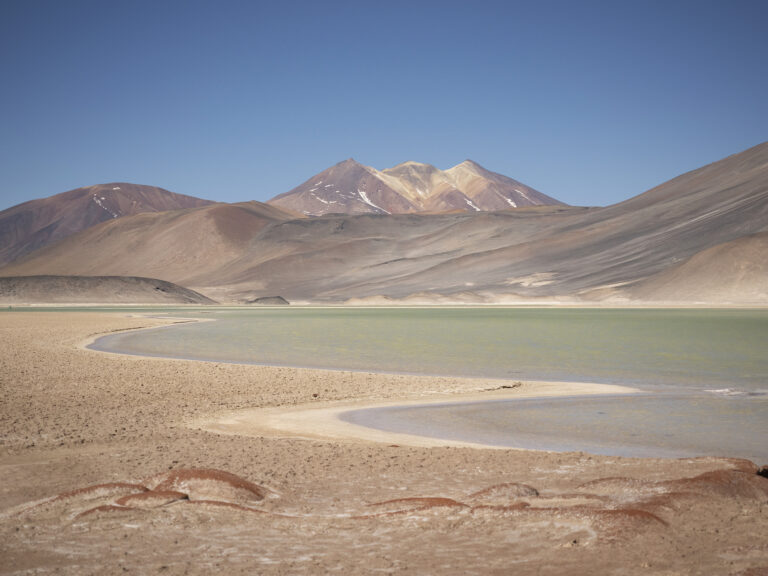
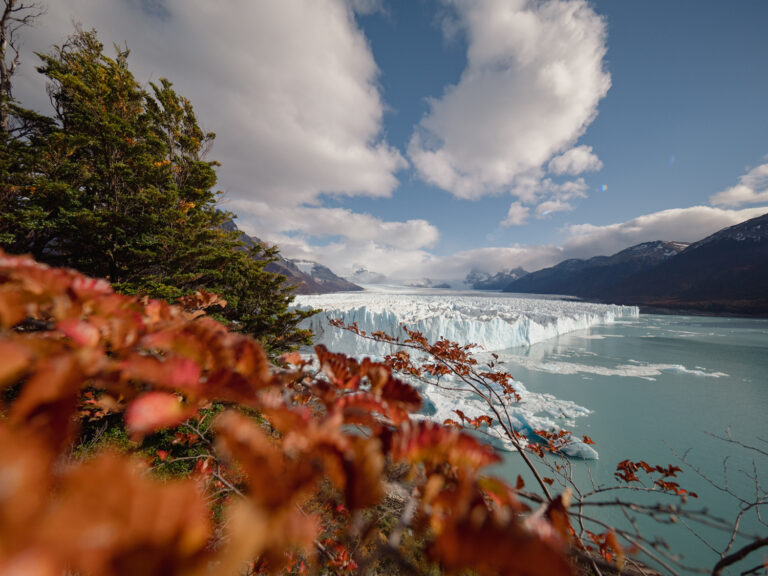
Leave a Comment